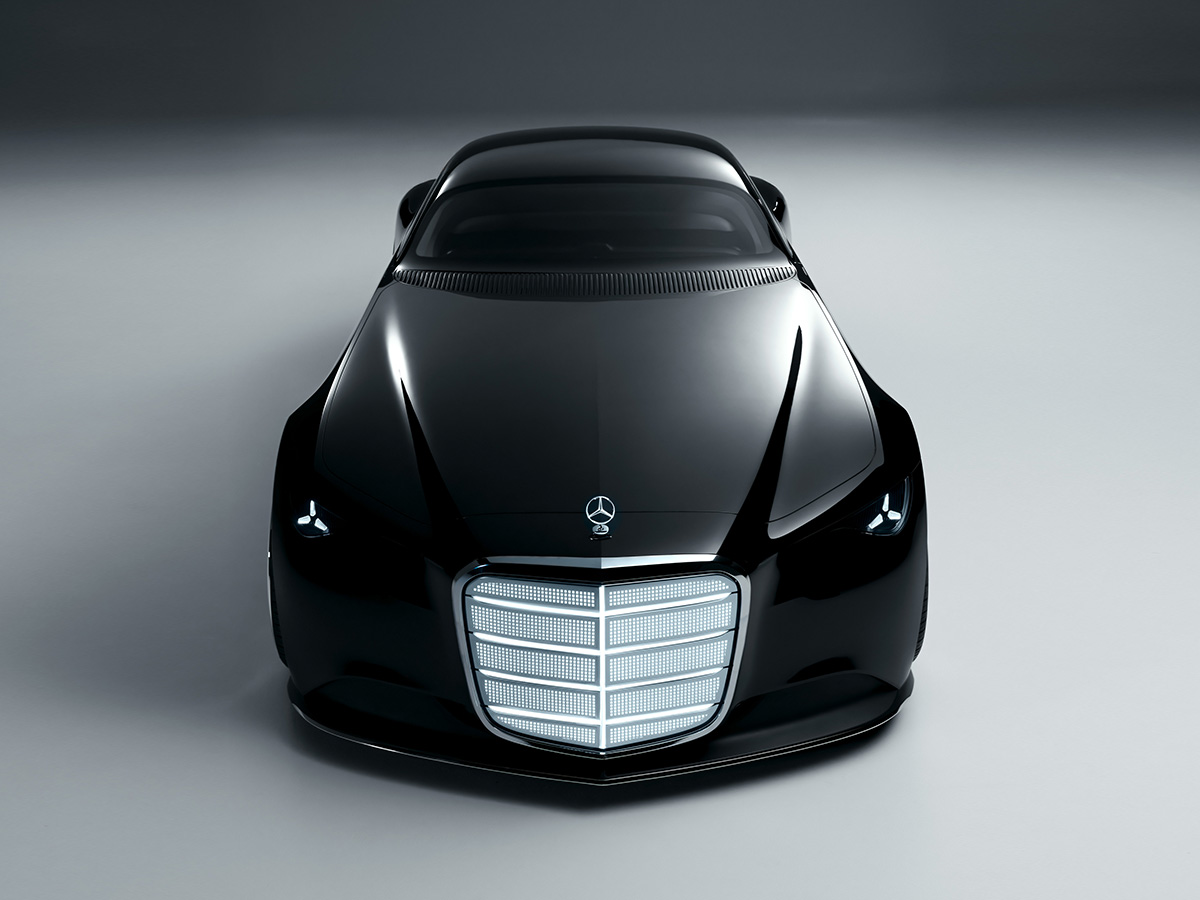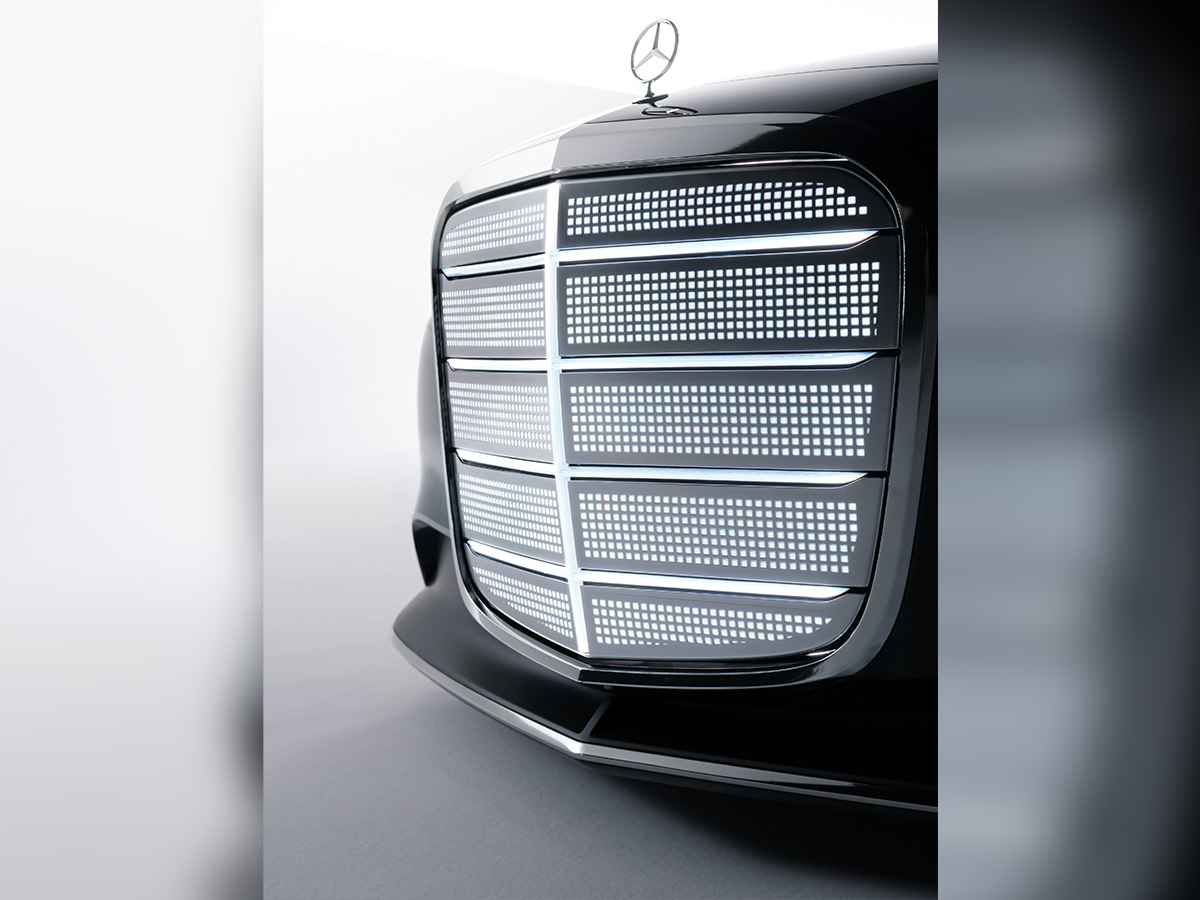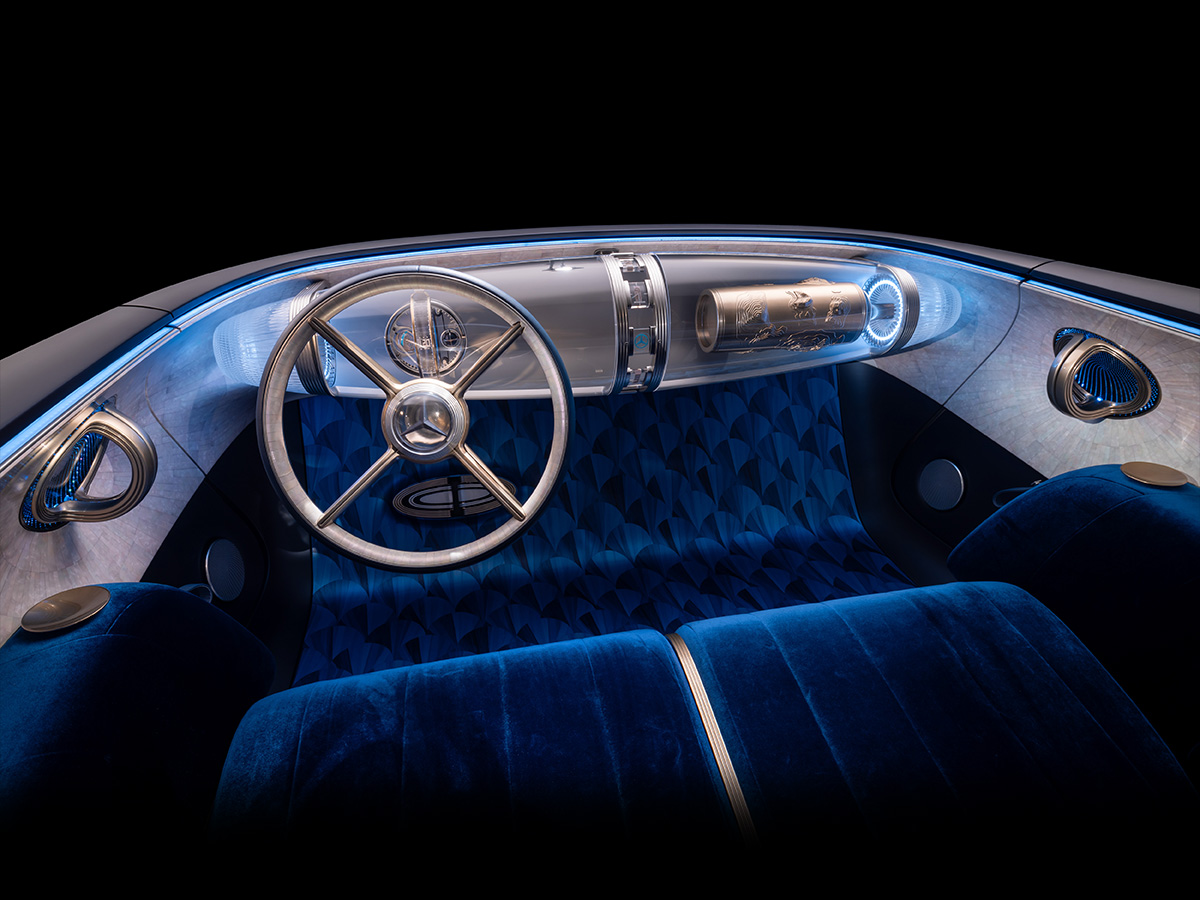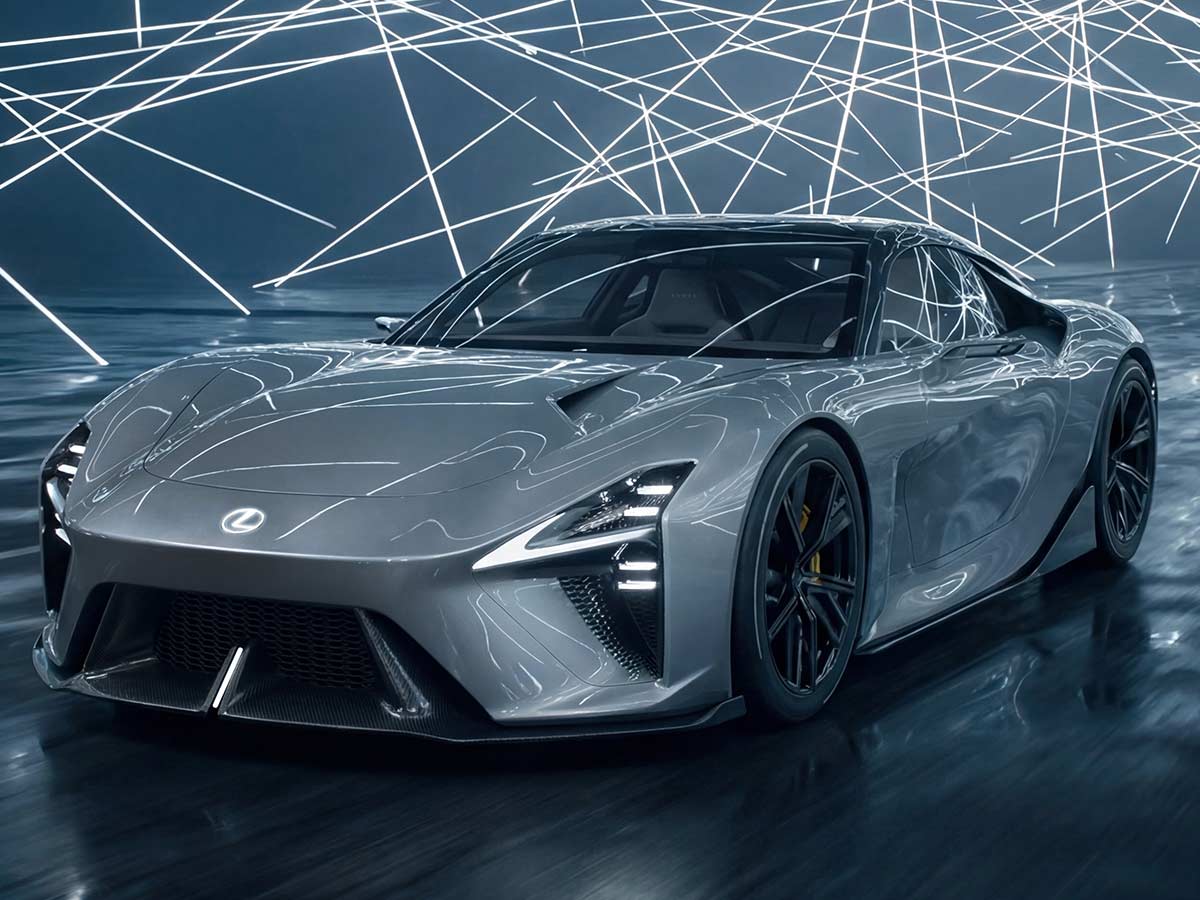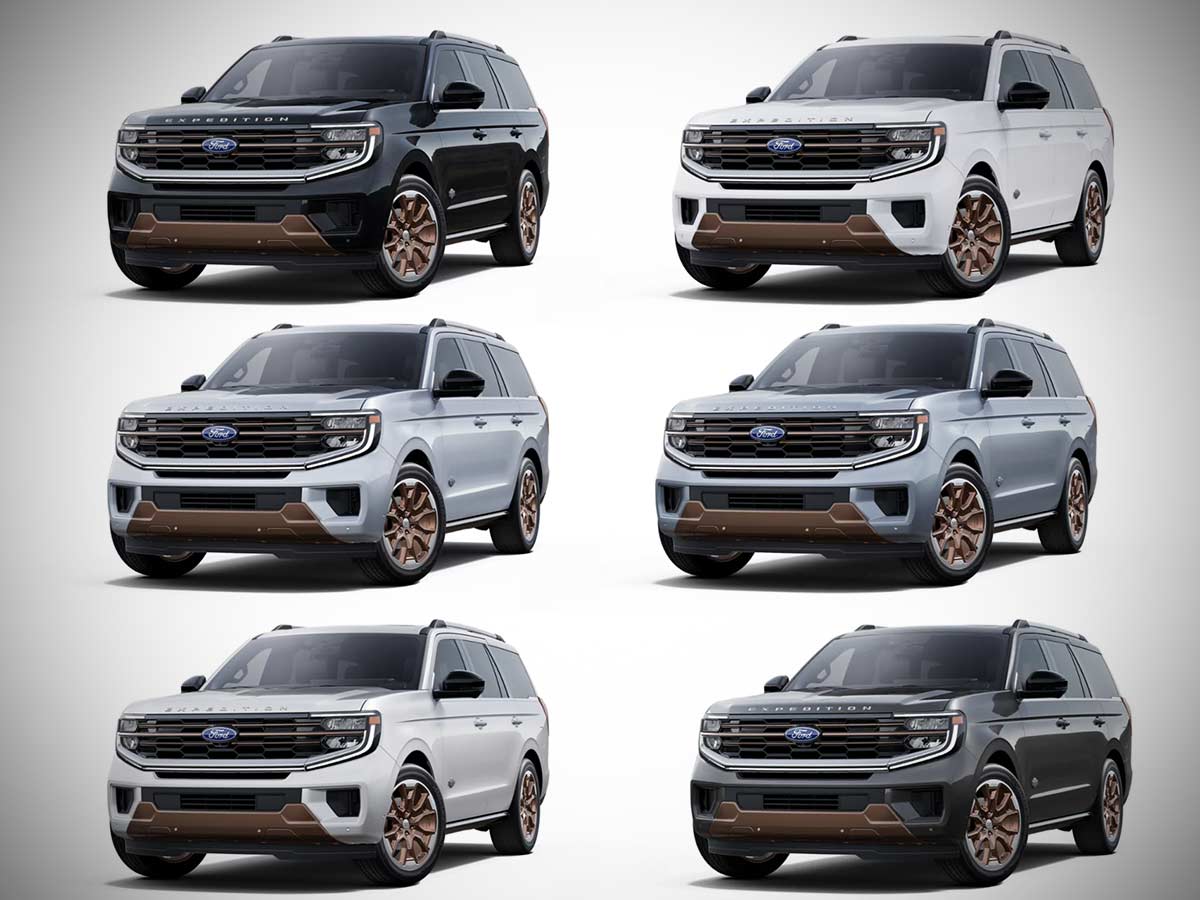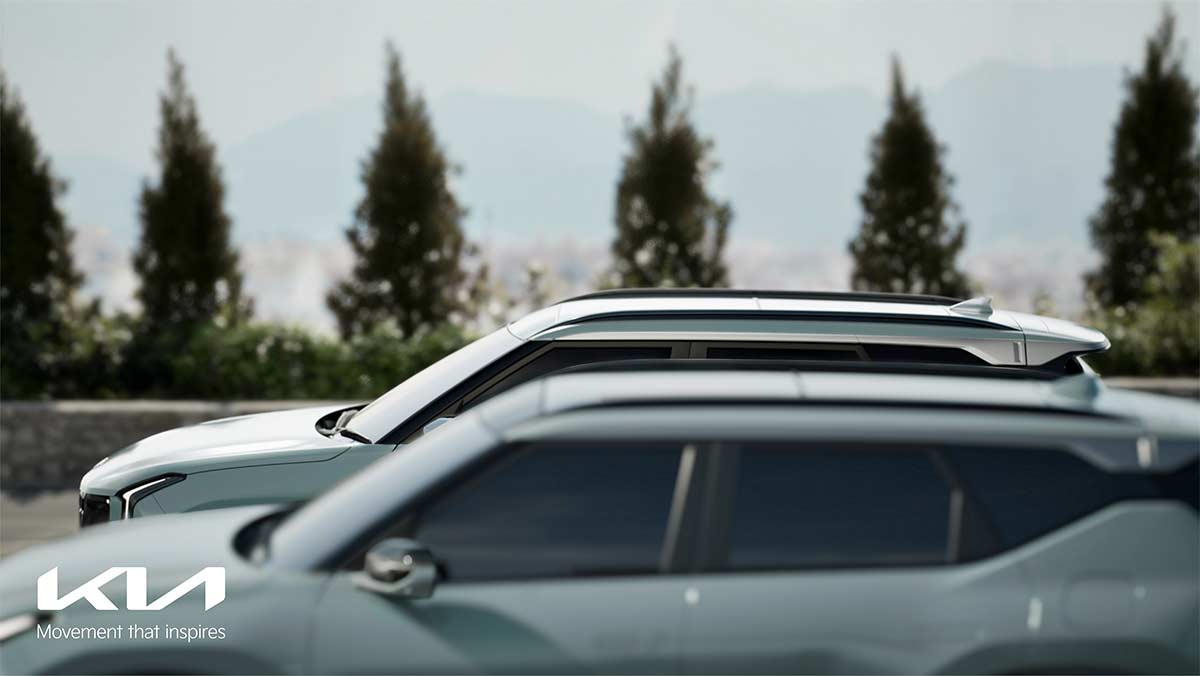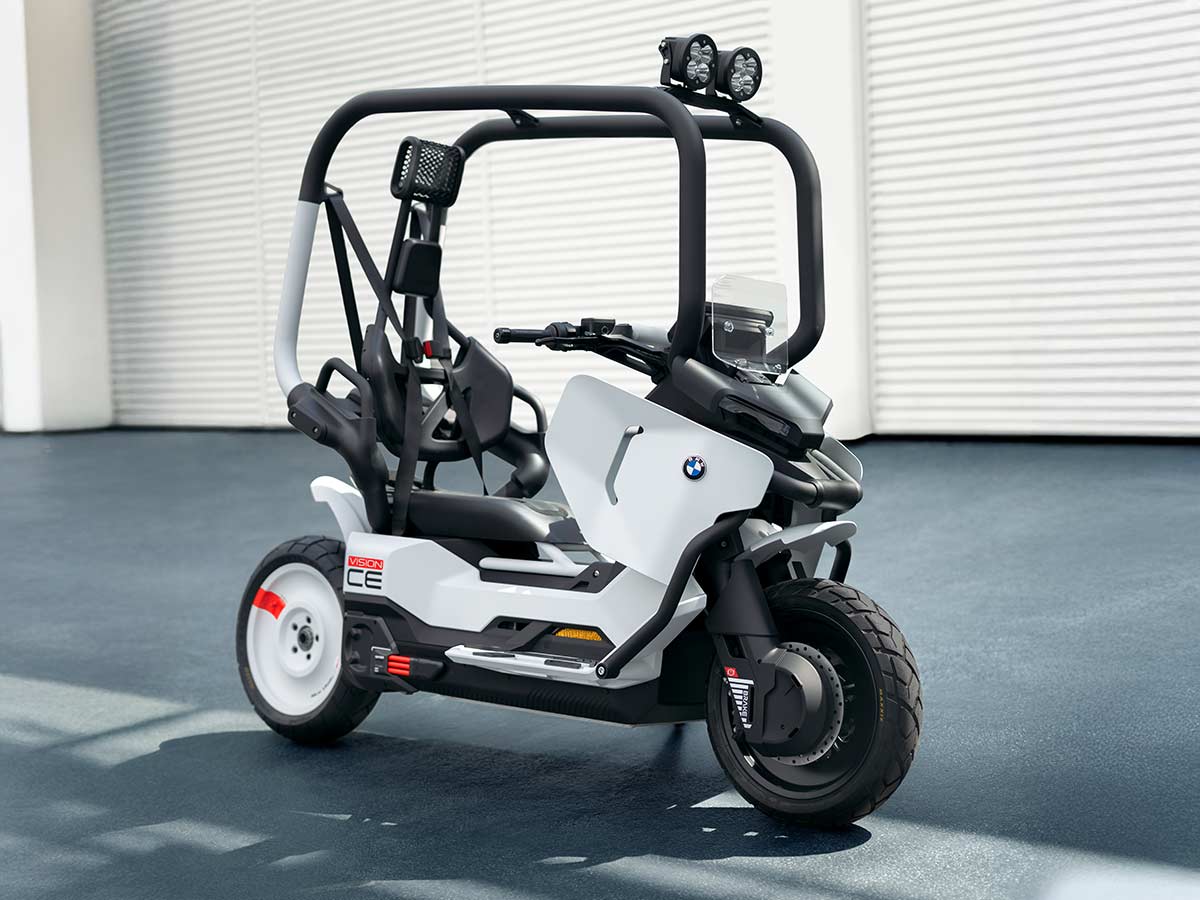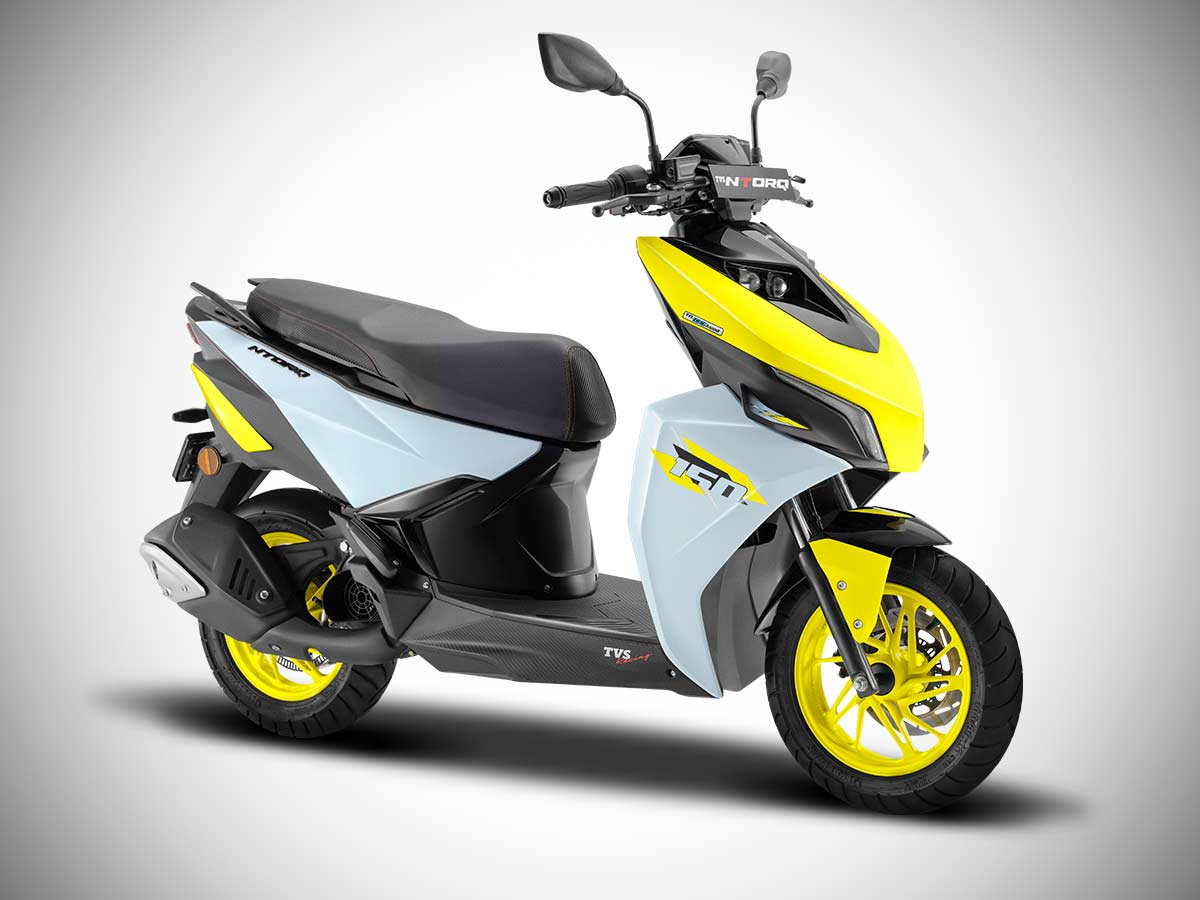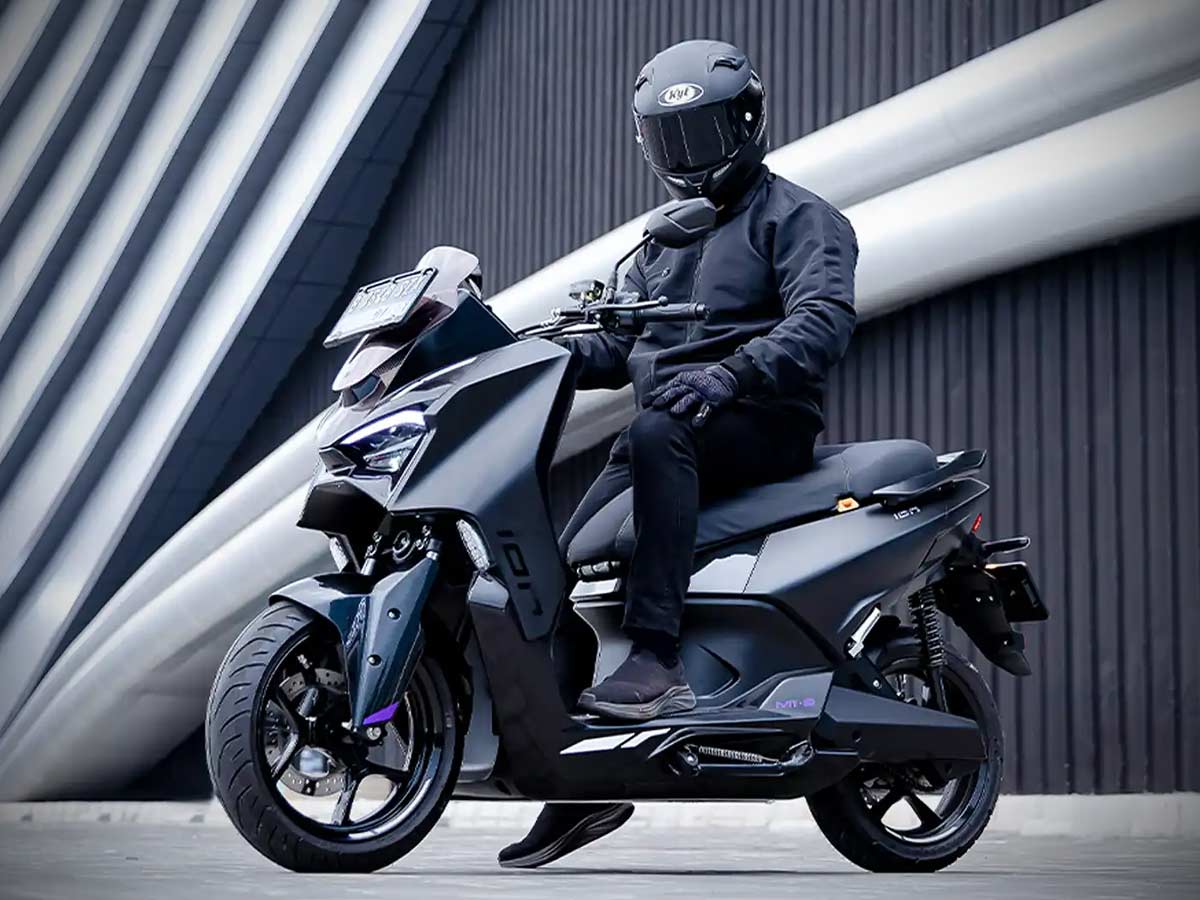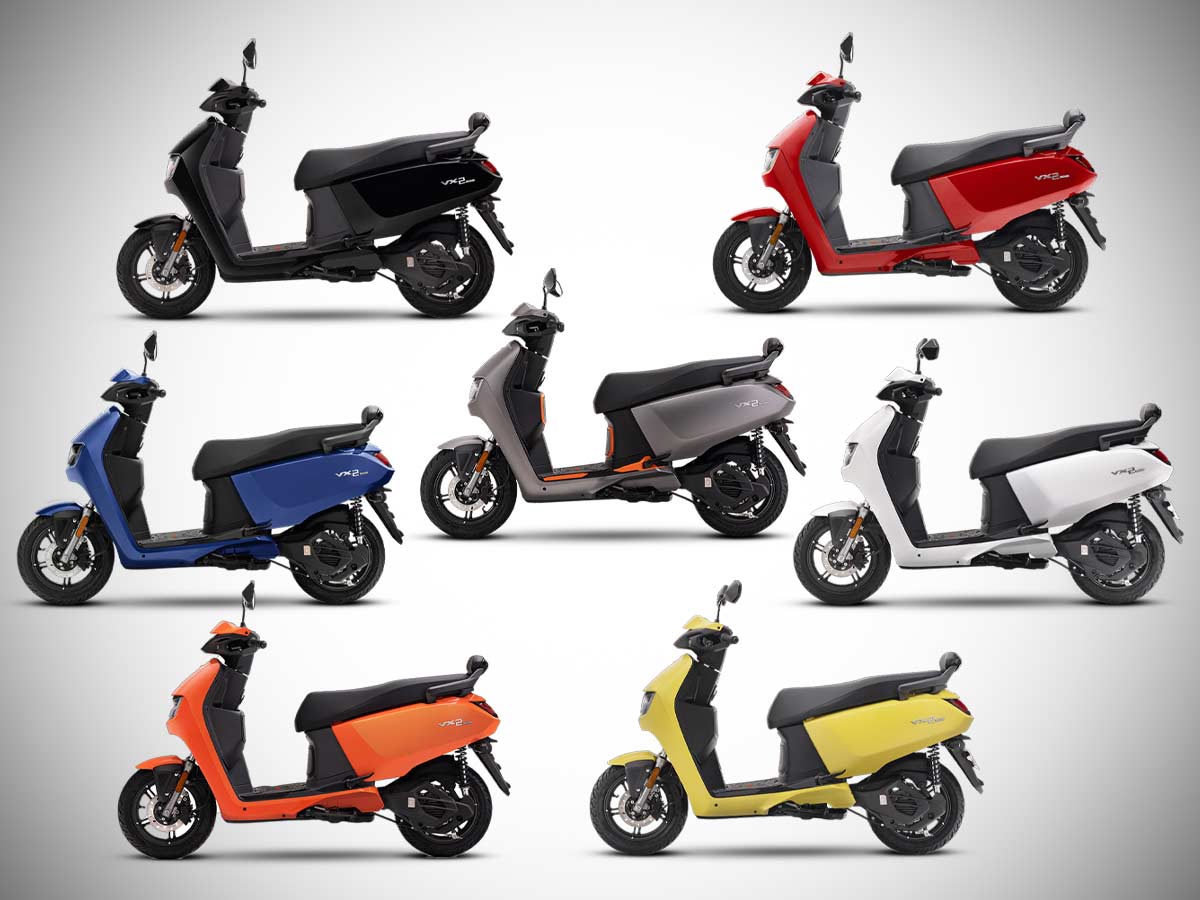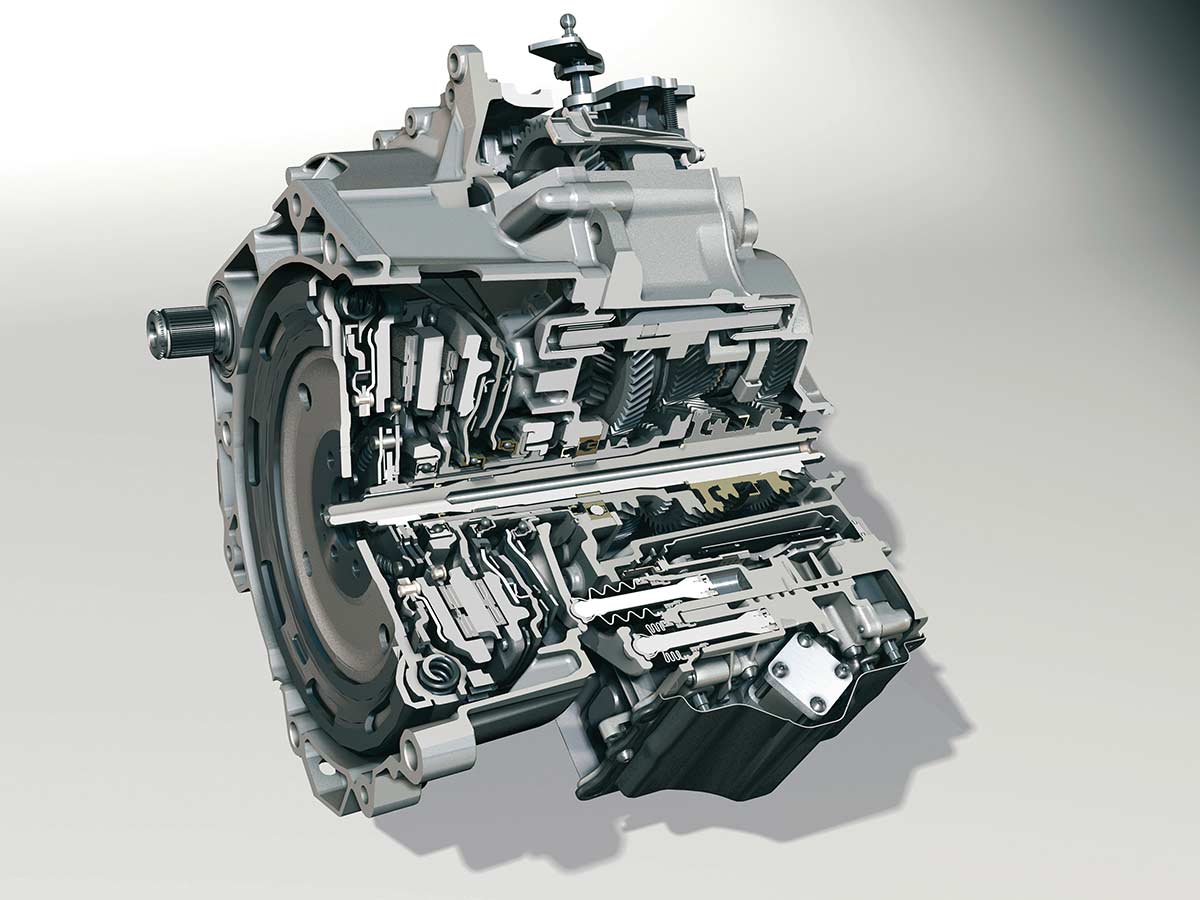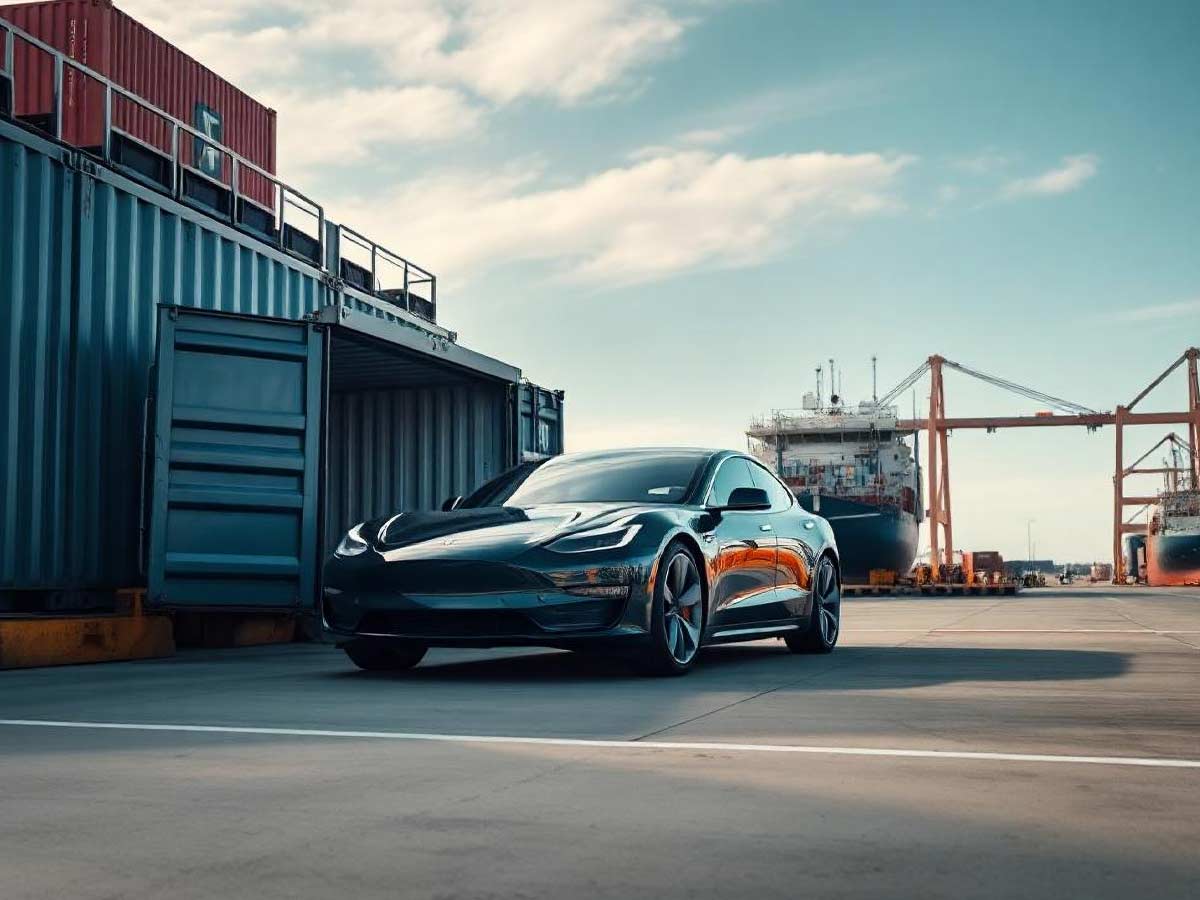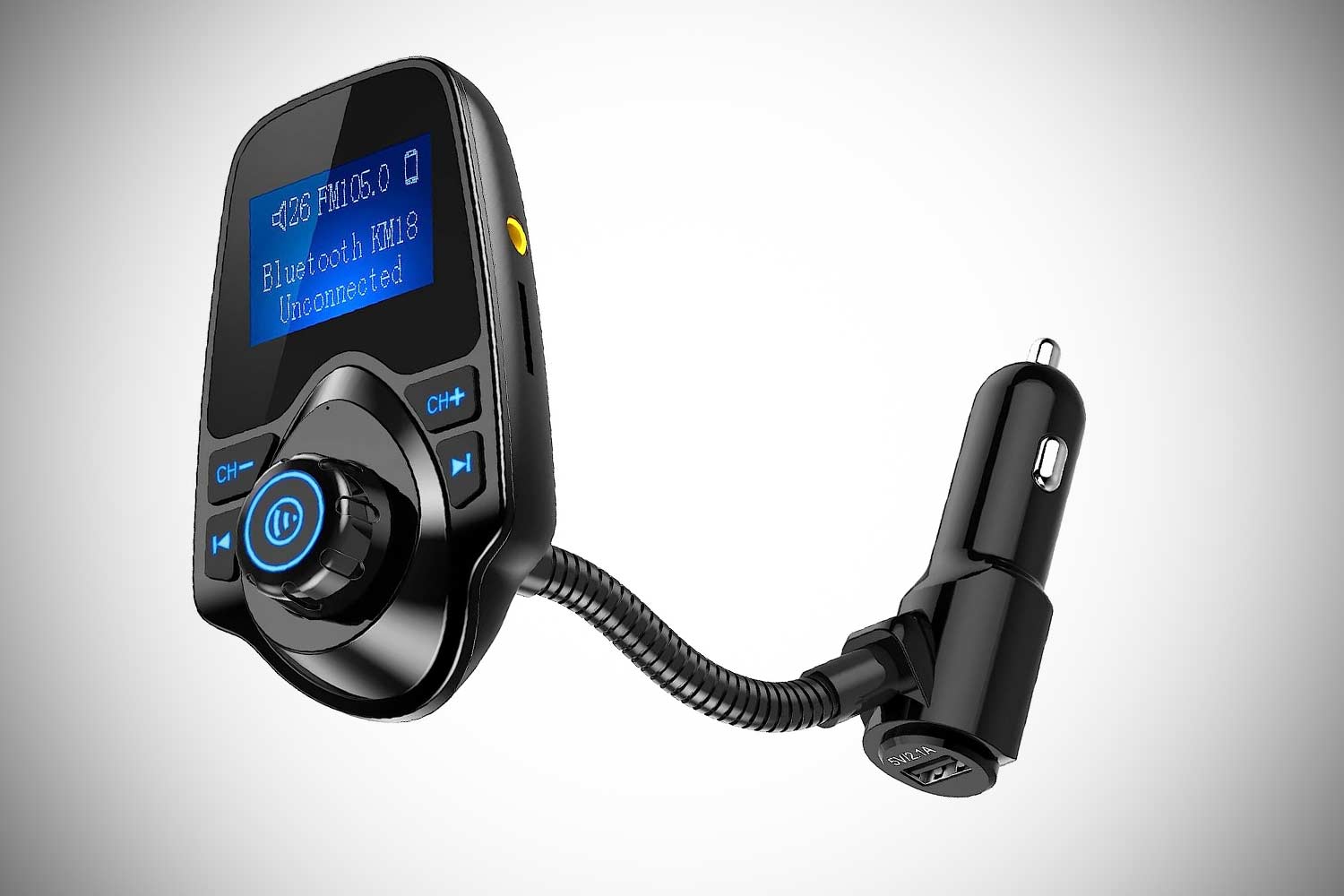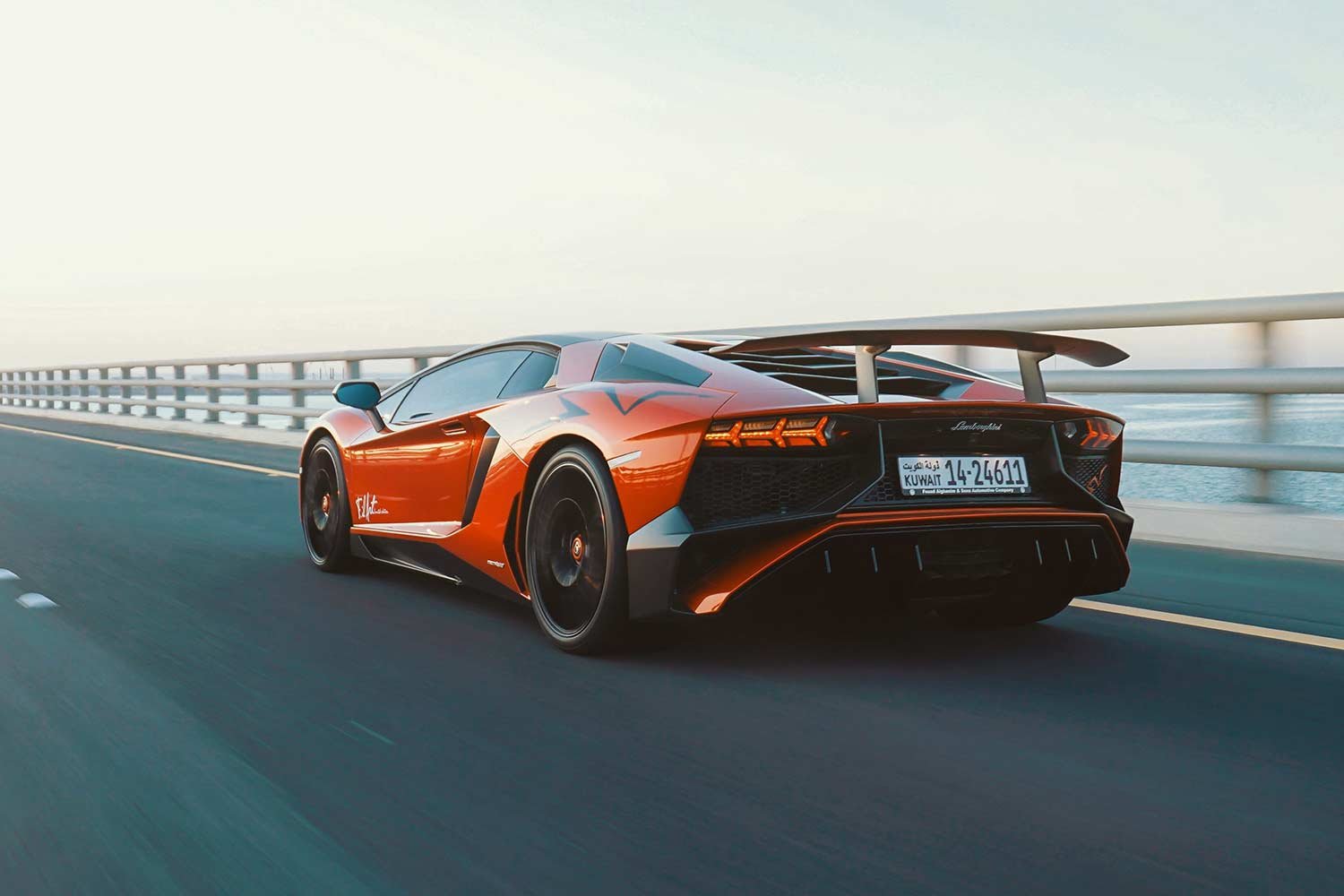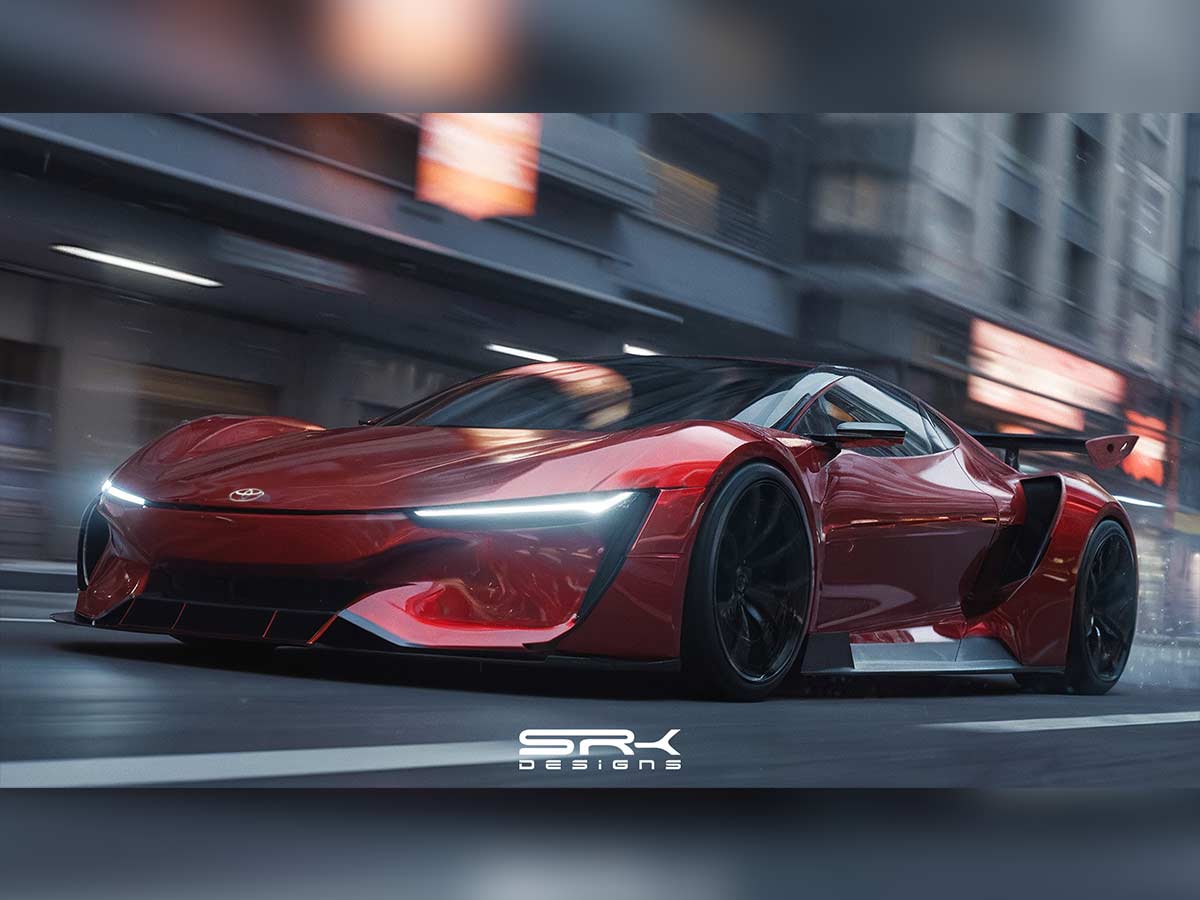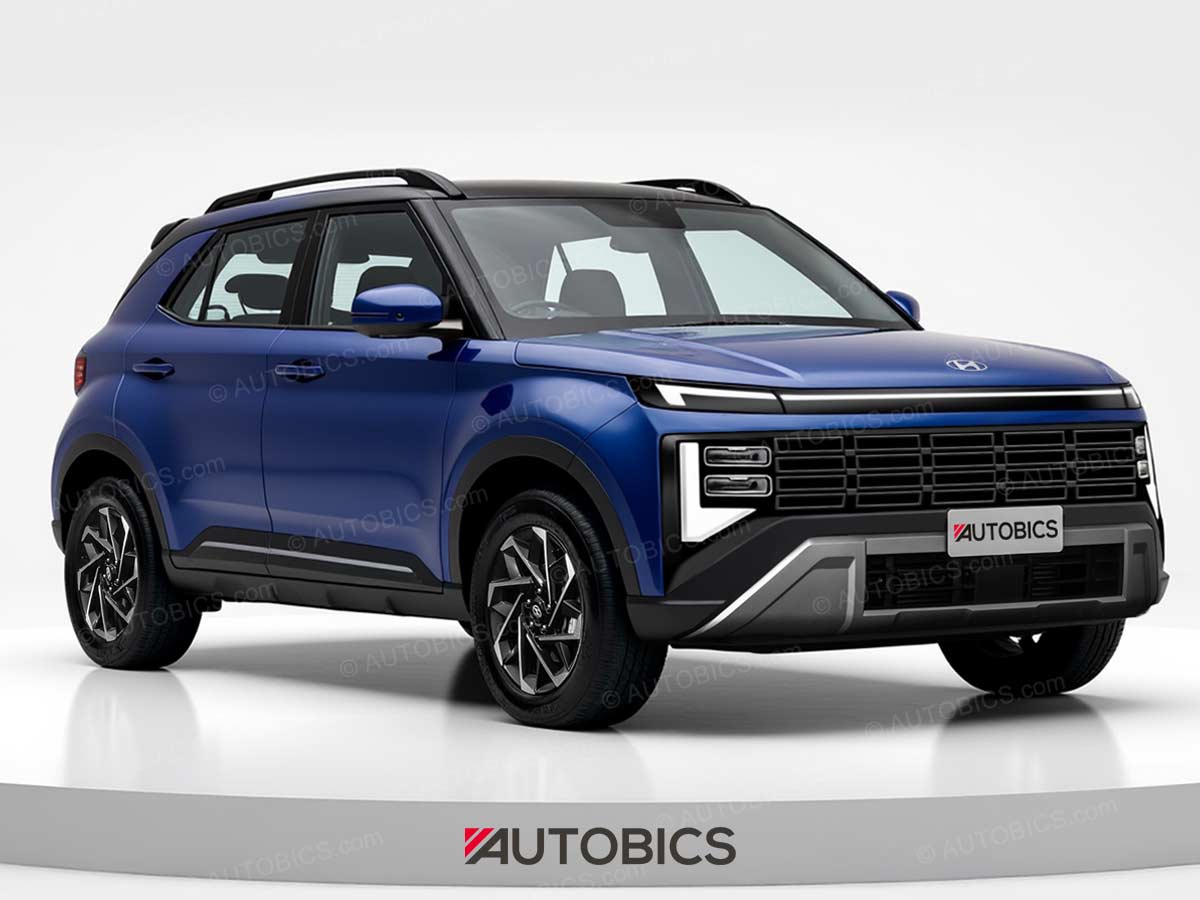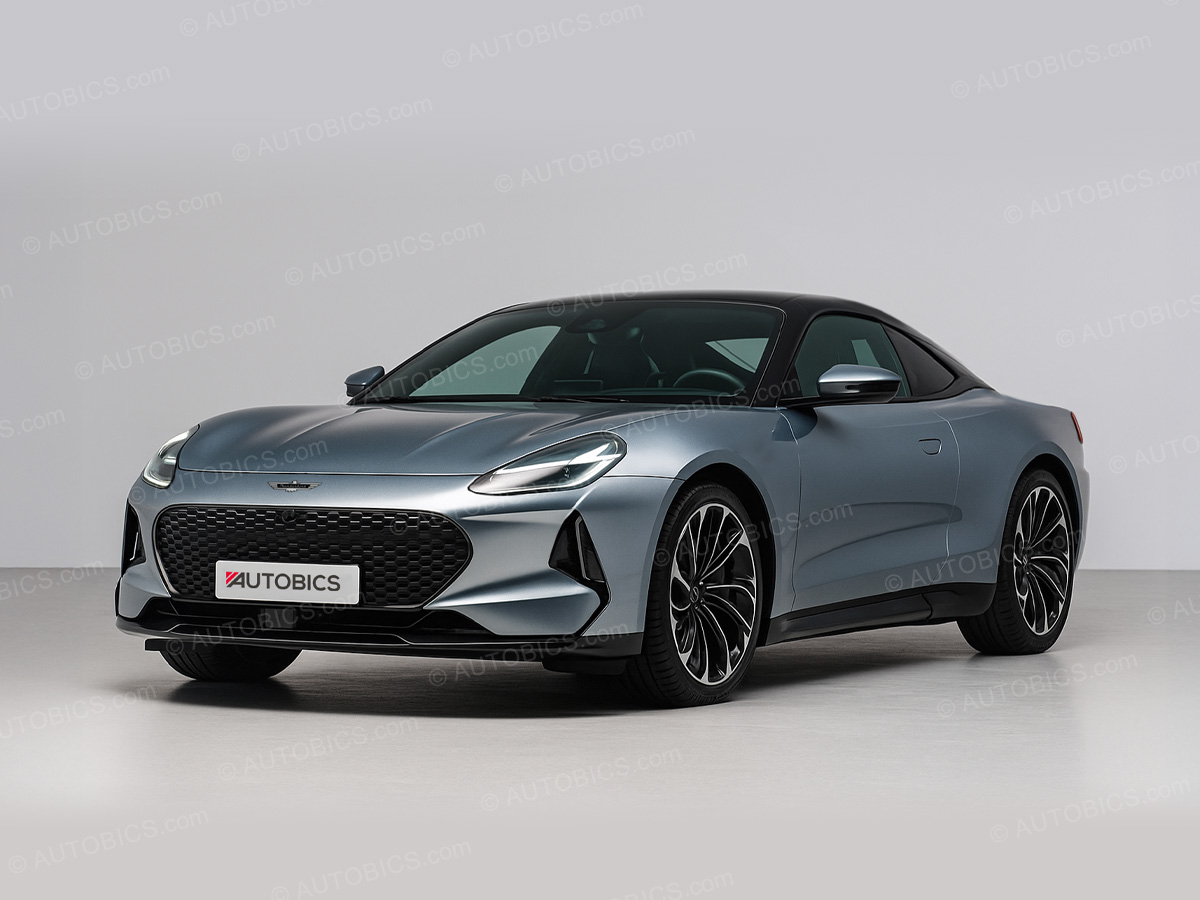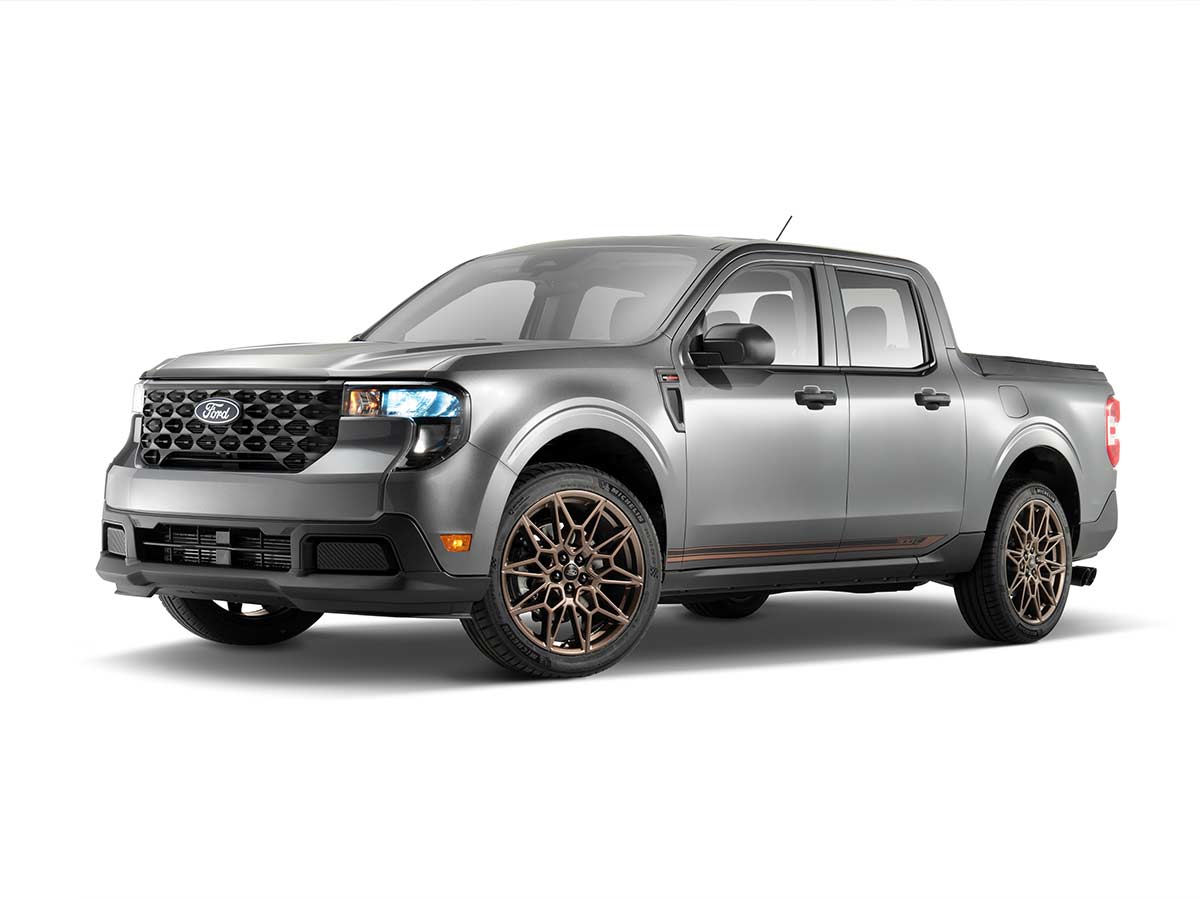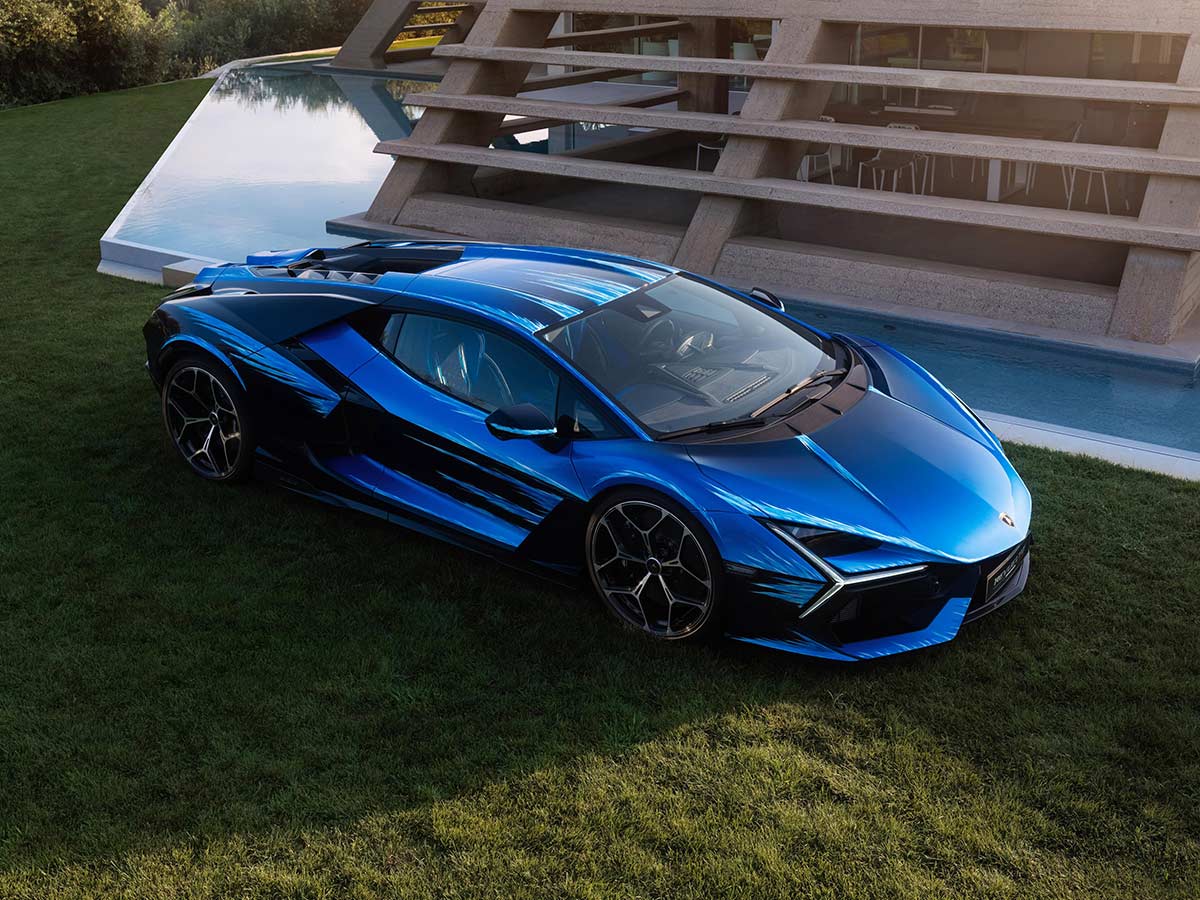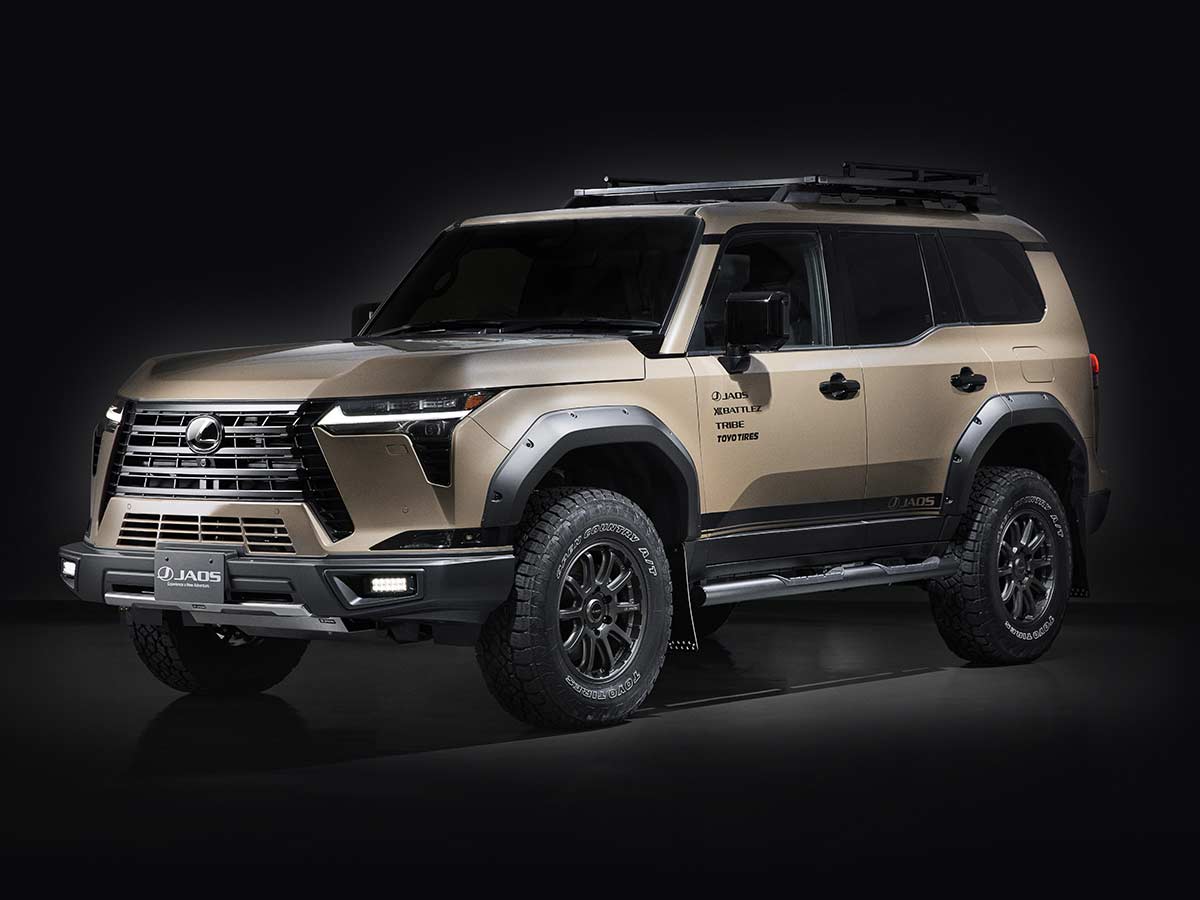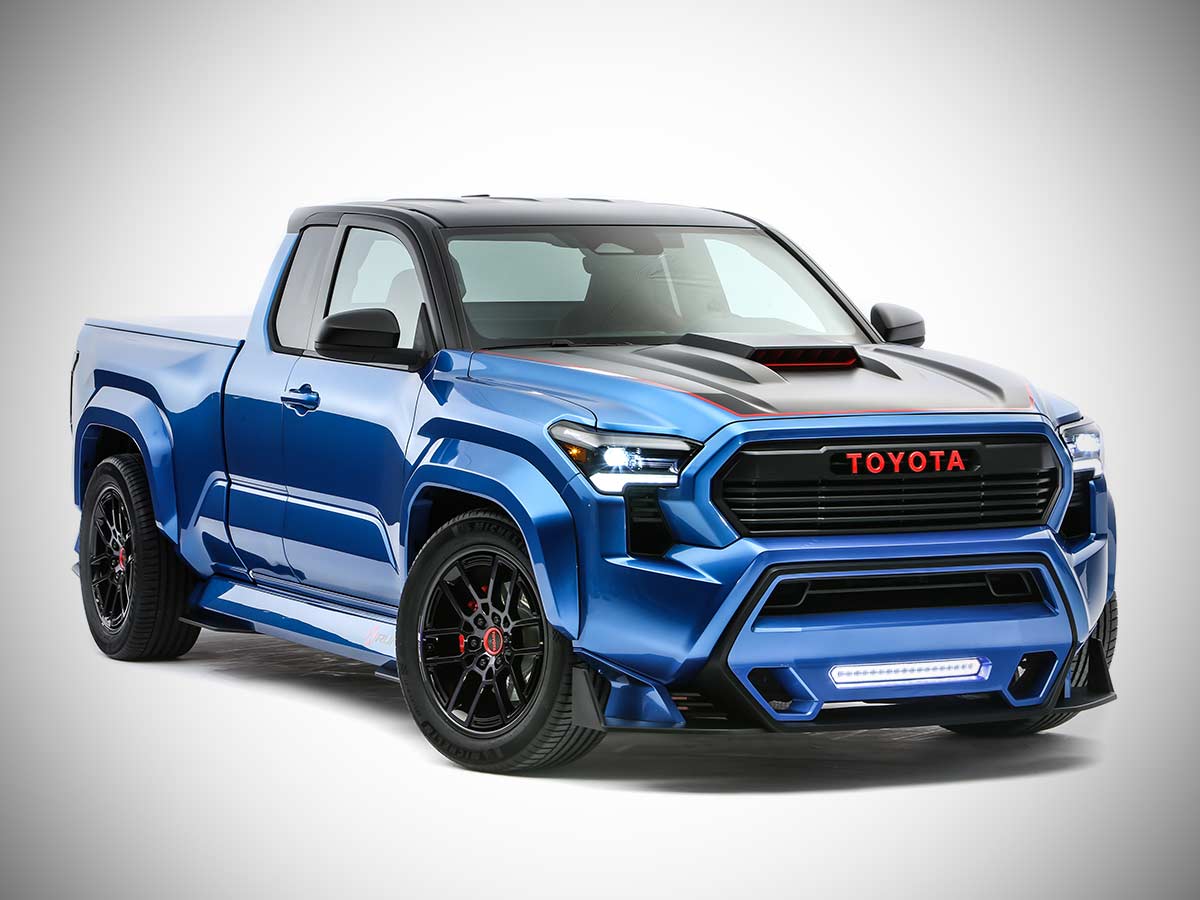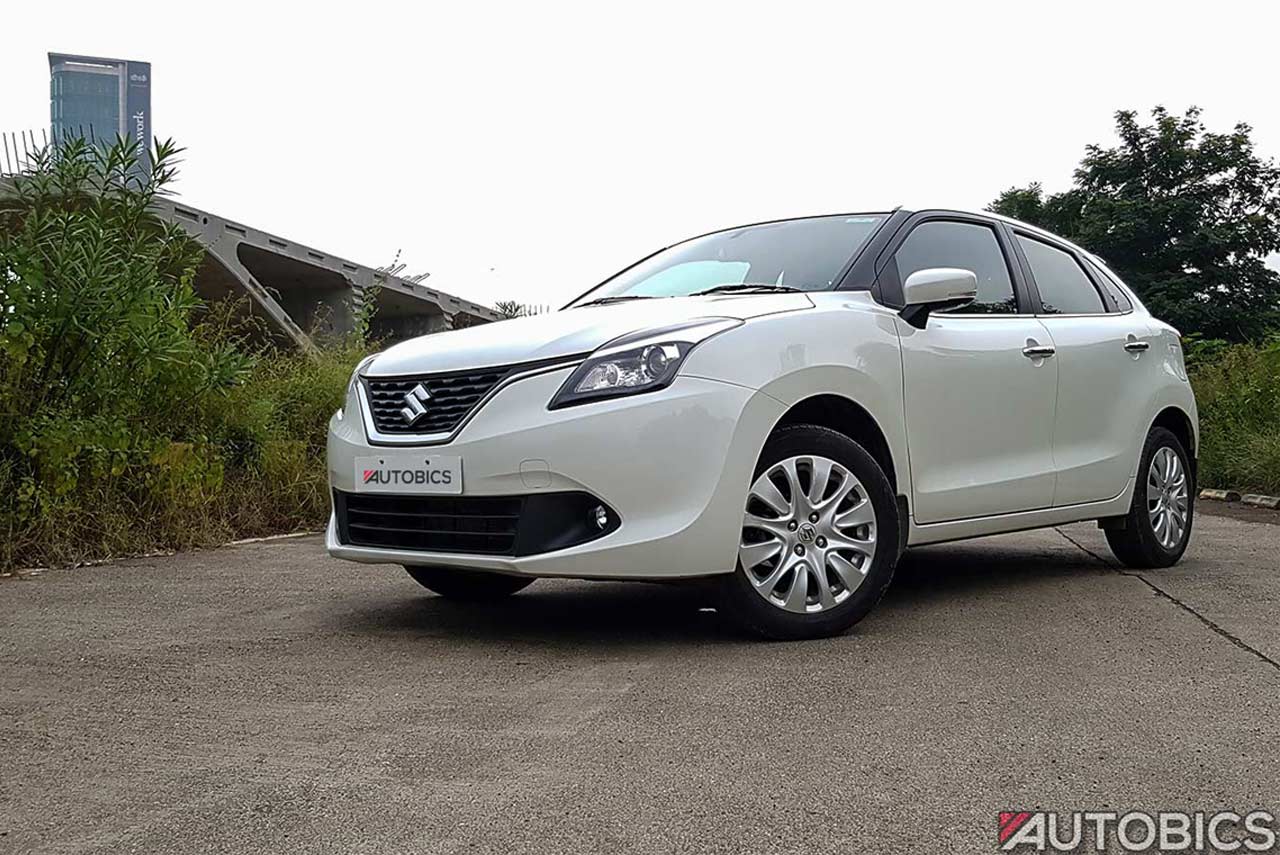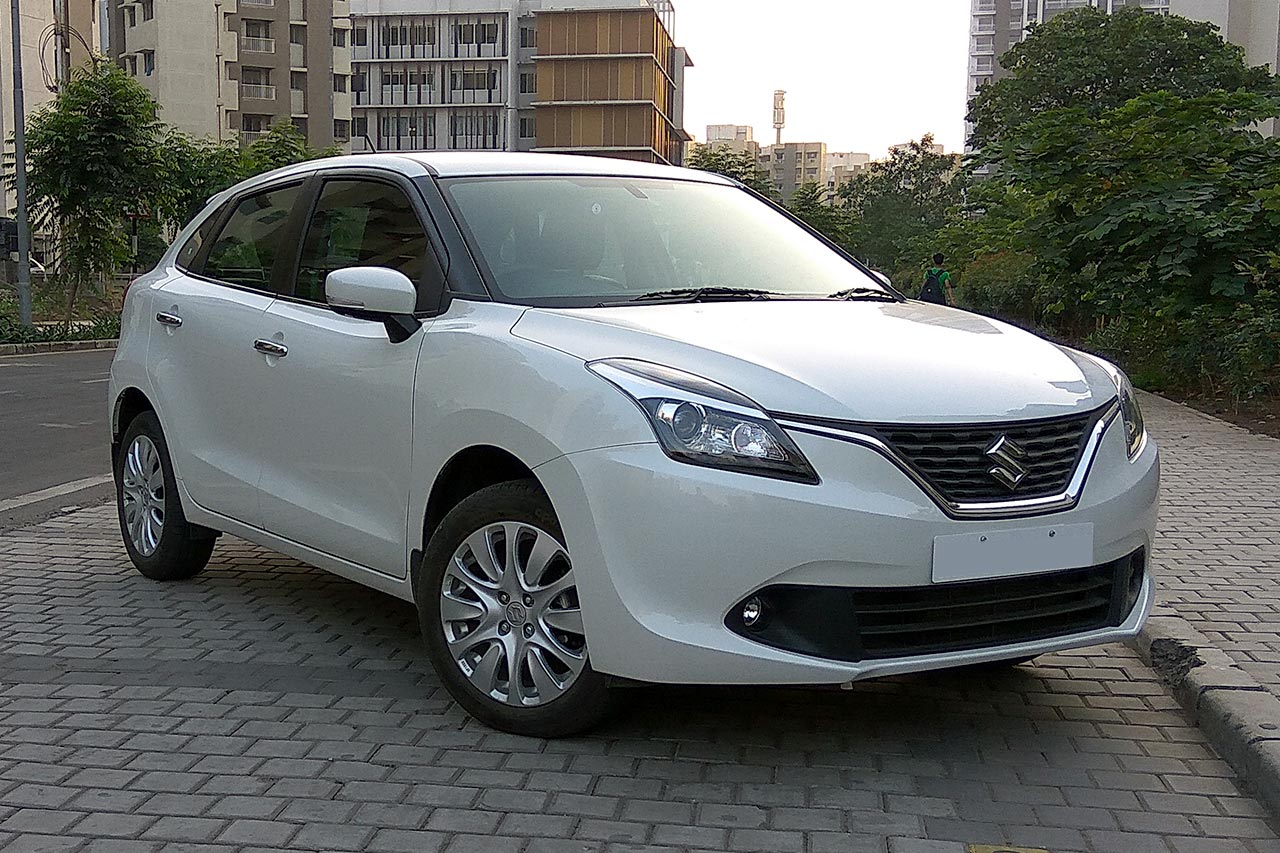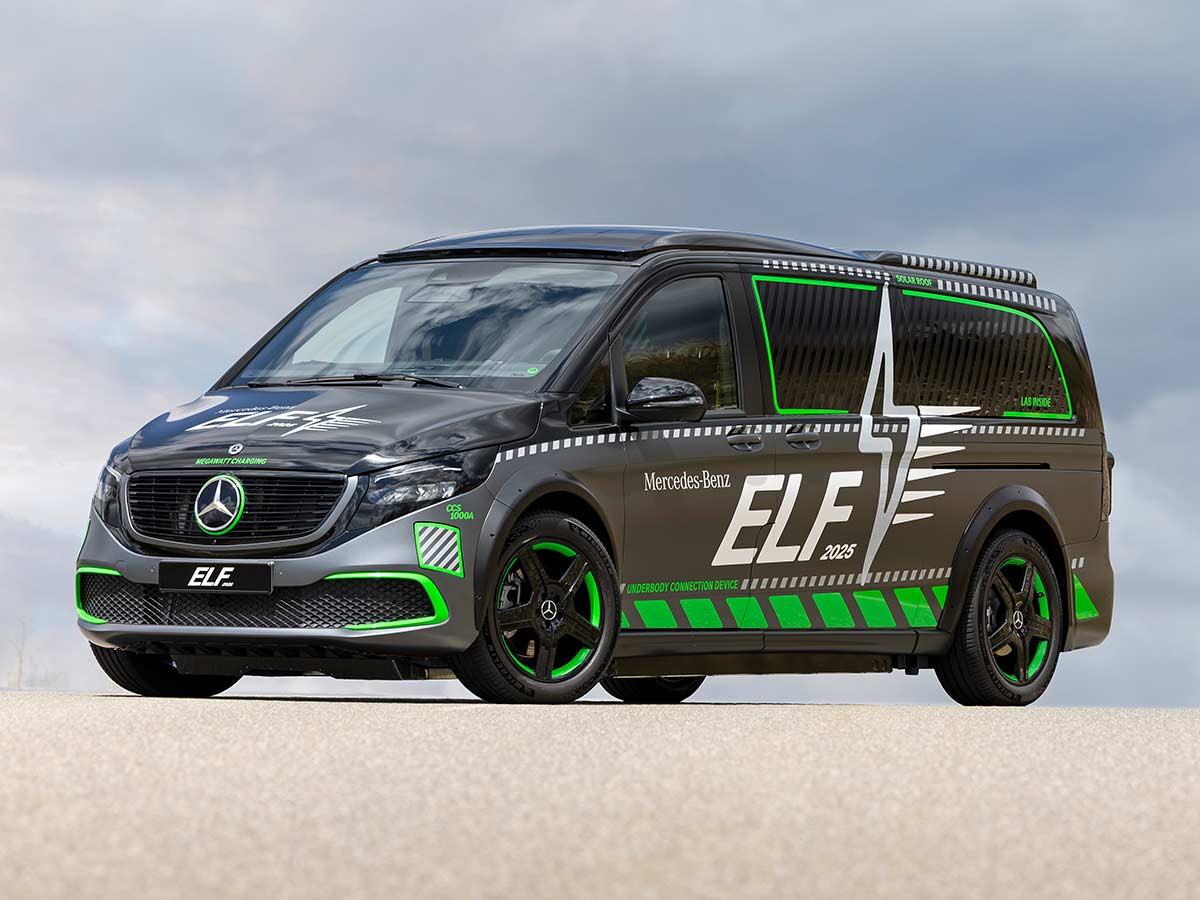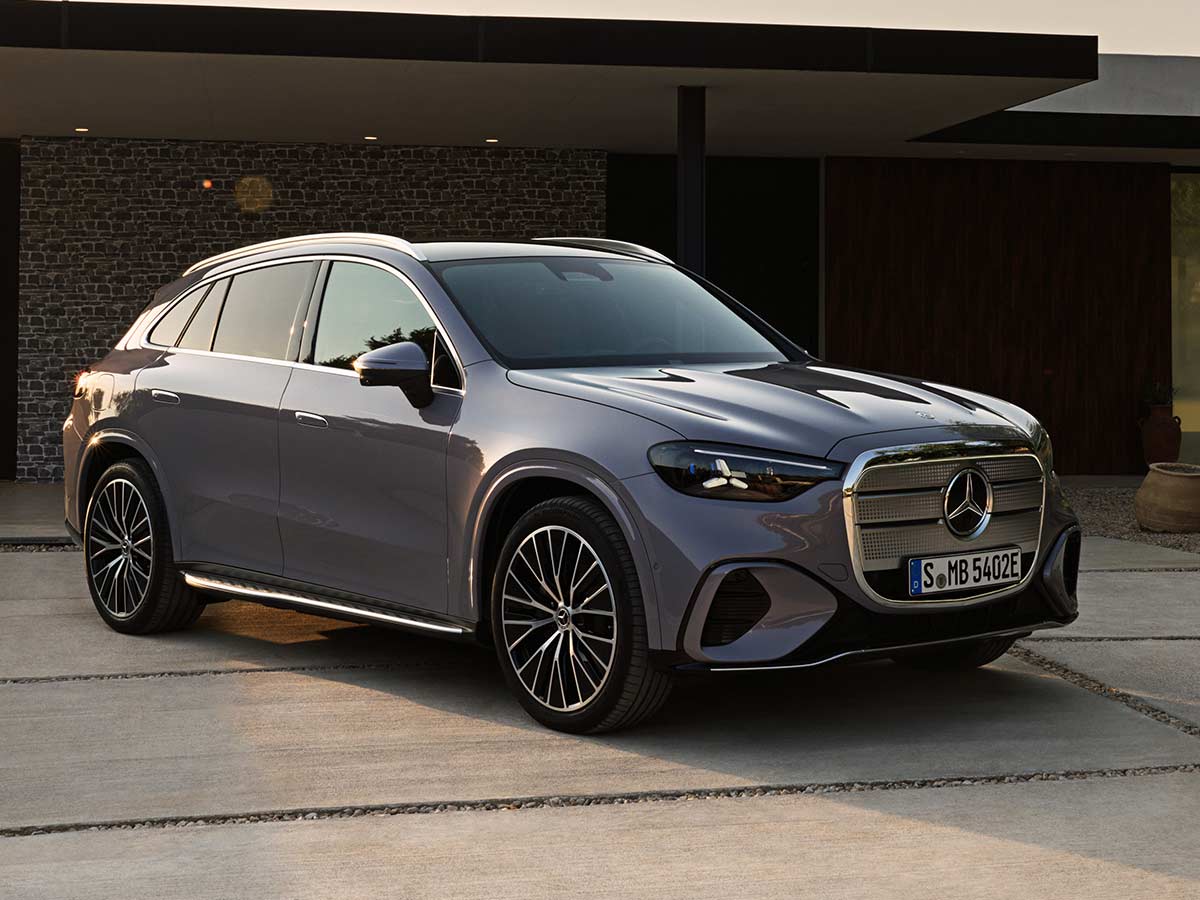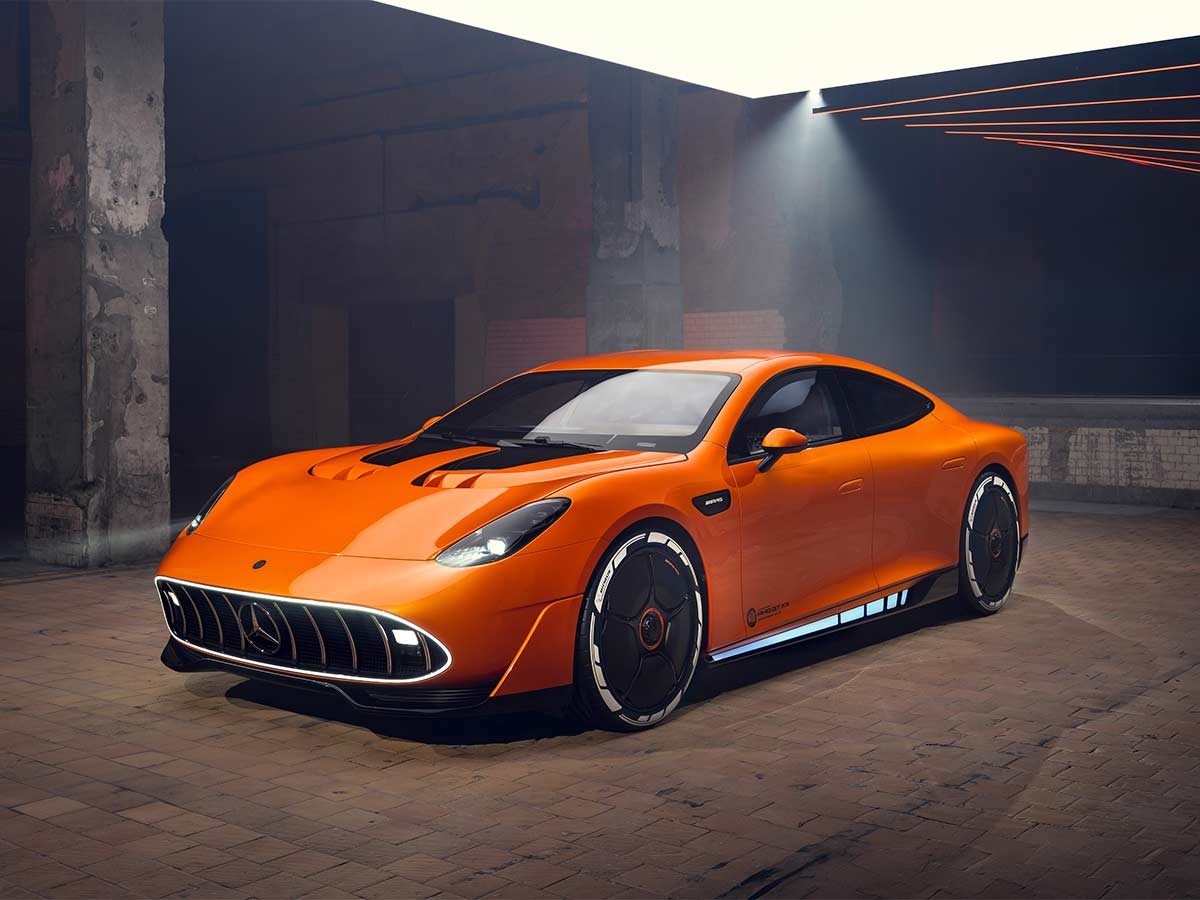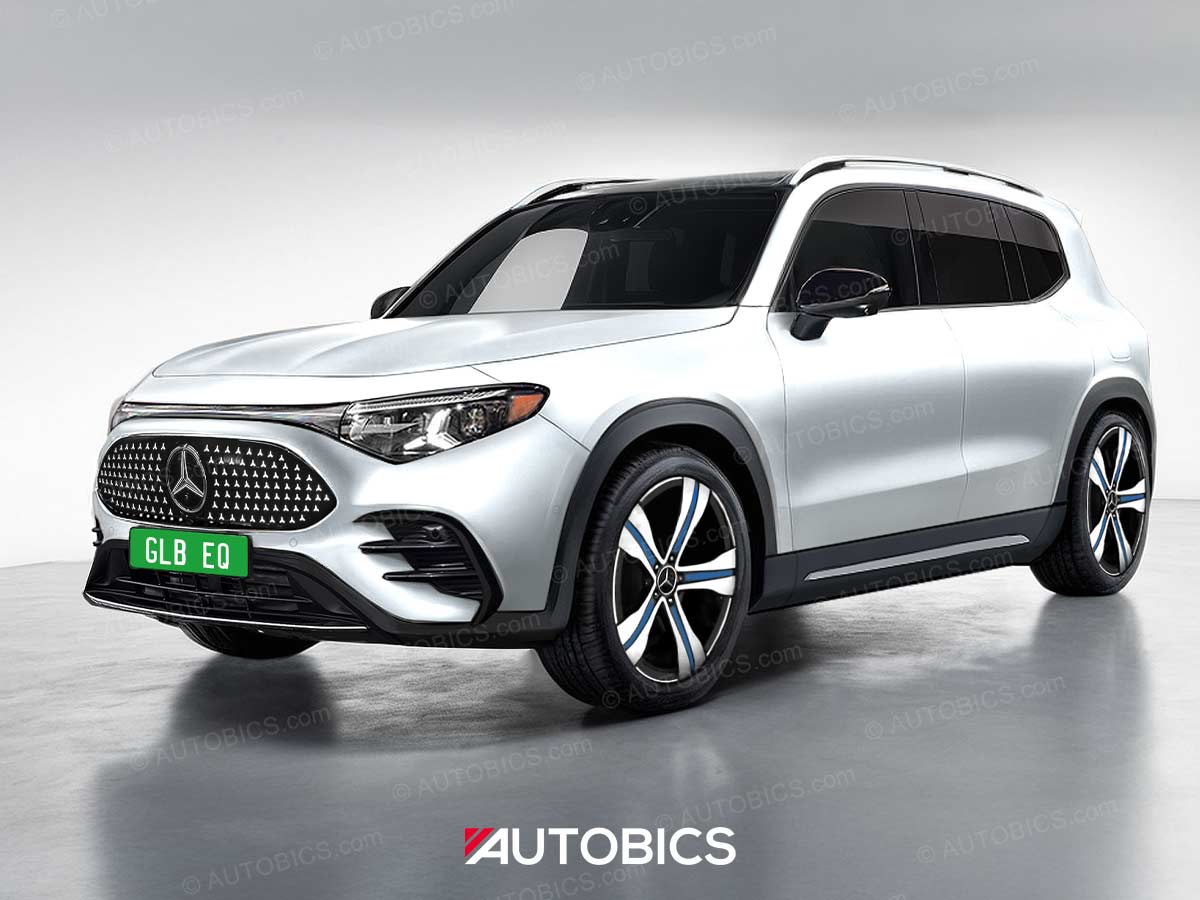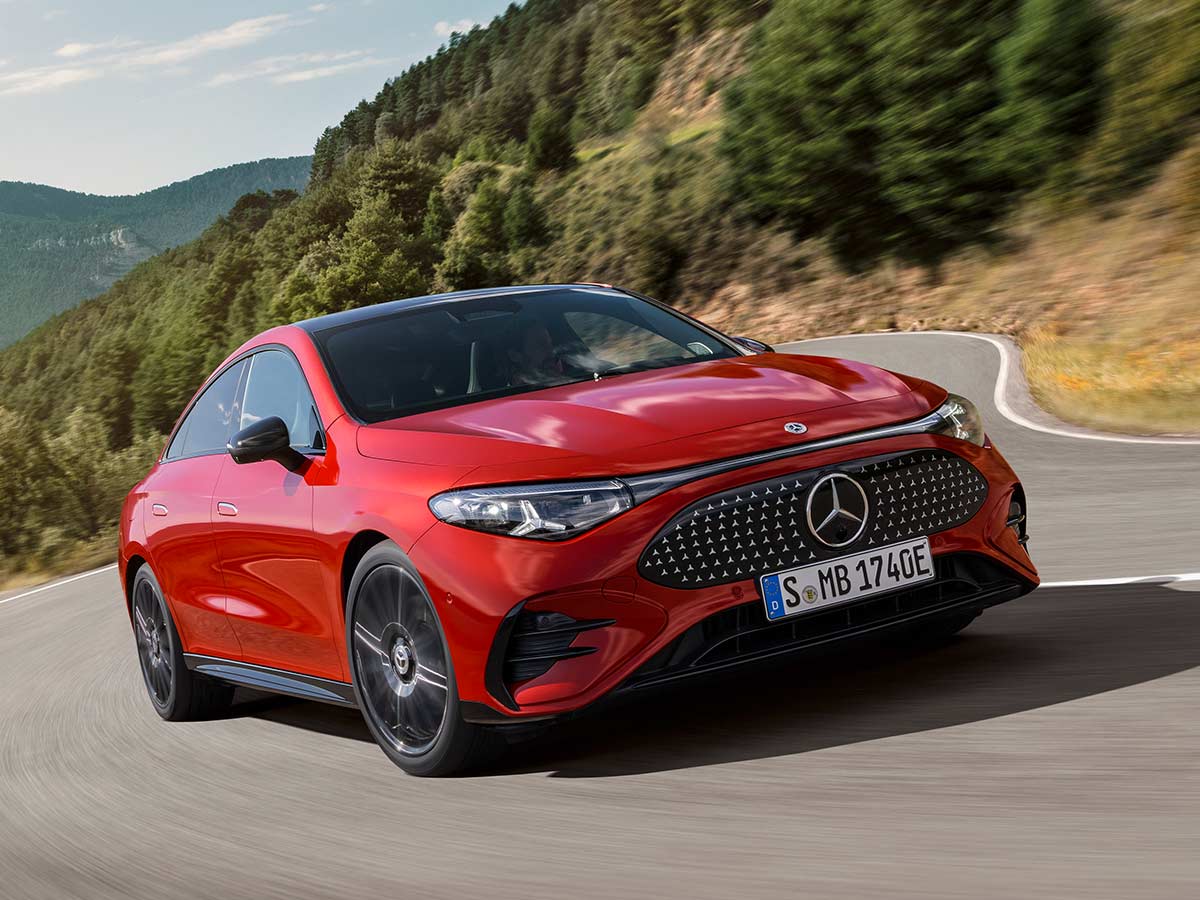There are concept cars that tease, and then there’s the Mercedes-Benz Vision Iconic – a rolling sculpture that seems plucked from a 1930s art gallery and dropped straight into 2035. It’s not just another electric luxury showpiece. It’s Mercedes saying, “We remember where we came from, but we’re not done reinventing what luxury means.”
>>> Great Discounts on Car & Bike Accessories <<<
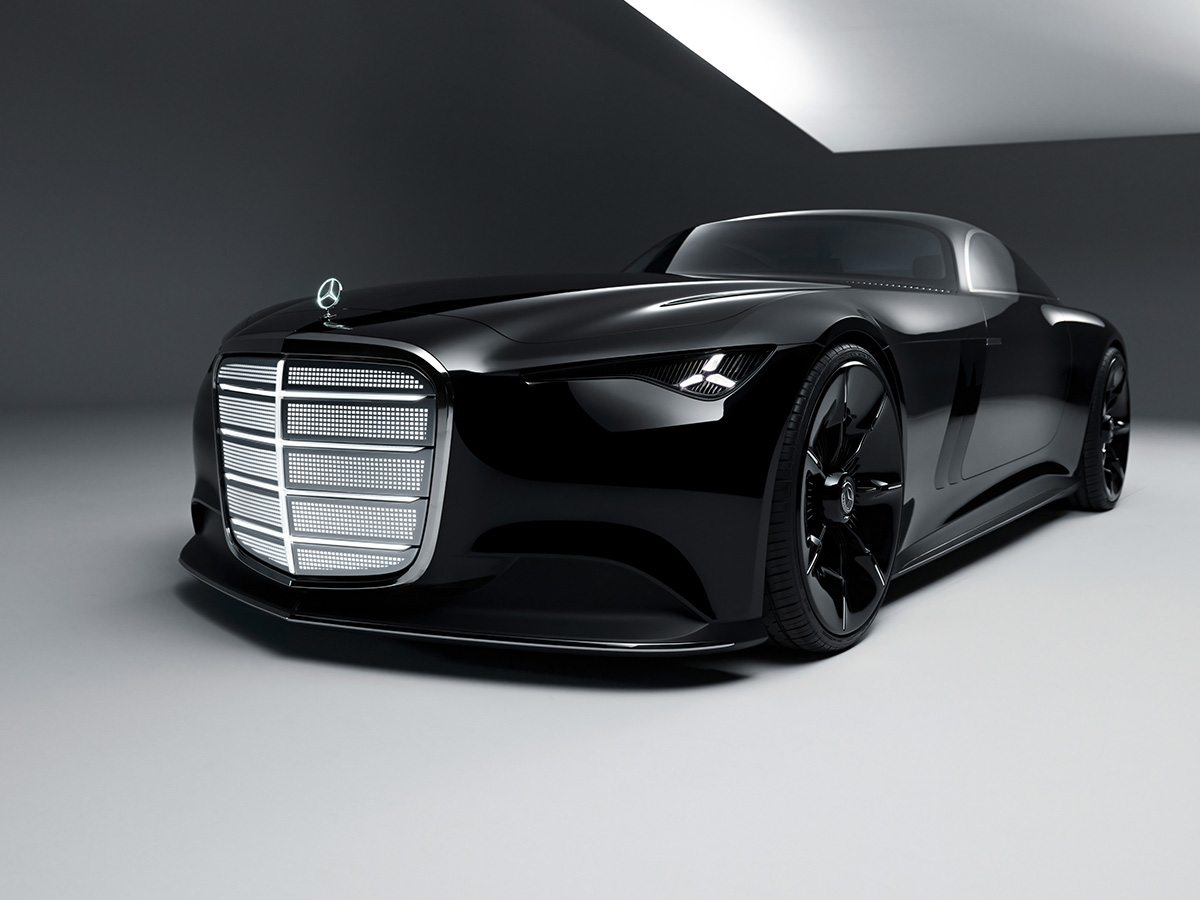
A Glowing Tribute to the Past
It all starts with a single, unmistakable feature — the grille. For over a century, the Mercedes-Benz grille has been the face of authority, from the stately W108 and W111 sedans of the 1960s to the commanding 600 Pullman that chauffeured royalty and rockstars alike.
In the Vision Iconic, that legacy doesn’t just survive — it evolves. The so-called “Iconic Grille” is a work of art: a wide chromed frame with a smoked-glass lattice structure that lights up in animated patterns. The famous three-pointed star rises proudly from the bonnet, glowing like a beacon of old-world prestige in a digital age.
At night, the entire front fascia becomes a living sculpture of light. It breathes. It pulses. It has presence — not the loud, aggressive kind, but the kind that demands quiet respect.
Mercedes has always known how to make an entrance. With Vision Iconic, it’s learned how to make one in silence.
Art Deco Meets Artificial Intelligence
Step closer, and the retro cues start to reveal themselves. The long hood, the flowing shoulder line, the elegant taper of the rear — this is classic automotive beauty, straight out of the 1930s Art Deco playbook.
But step inside, and the nostalgia melts into something out of a sci-fi film. The interior isn’t a cabin; it’s a stage. The centerpiece, called “The Zeppelin”, floats across the dashboard like a sculptural piece of glass art. Within it, analog dials come alive through cinematic animation — each movement inspired by the sweep of a high-end chronograph.
Mercedes calls the design language “hyper-analogue.” It’s a clever idea — to merge the tactile satisfaction of mechanical instruments with the seamless flow of digital display. It feels warm, human, almost romantic — a stark contrast to the cold minimalism that dominates so many EV interiors today.
The materials tell their own story. Deep blue velvet seats you can sink into. Brass door handles framed by intricate mother-of-pearl inlays. Straw marquetry on the floor — a handcraft technique that first appeared in 17th-century France and was revived in the Art Deco era.
It’s a car that smells of craftsmanship. You can almost picture the artisans, heads bowed over their benches, shaping each detail not by code, but by hand.
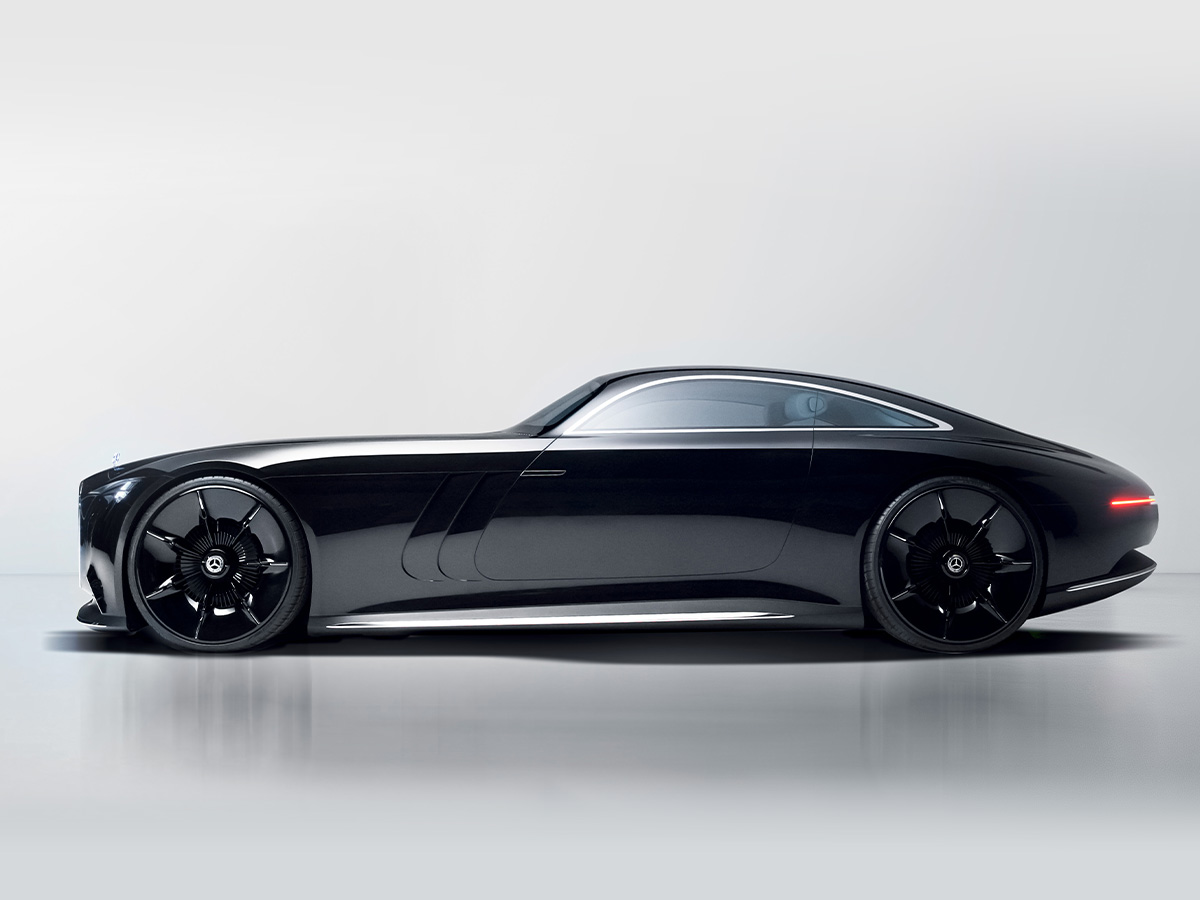
Solar Paint: When the Body Becomes a Battery
Innovation doesn’t stop at the surface — in this case, the surface is innovation. The Vision Iconic introduces a remarkable concept called Solar Paint, a photovoltaic coating that can generate power just by existing under the sun.
Unlike traditional solar panels, this wafer-thin paste can be applied across the body without changing the car’s sculptural shape. Under ideal conditions, Mercedes estimates that 11 square meters of this coating could generate enough energy for up to 12,000 kilometers of extra range per year.
It’s poetic, really — the idea that a car this beautiful could also feed itself on sunlight. No rare earths, no silicon, and fully recyclable. Beauty and sustainability, quite literally on the same surface.
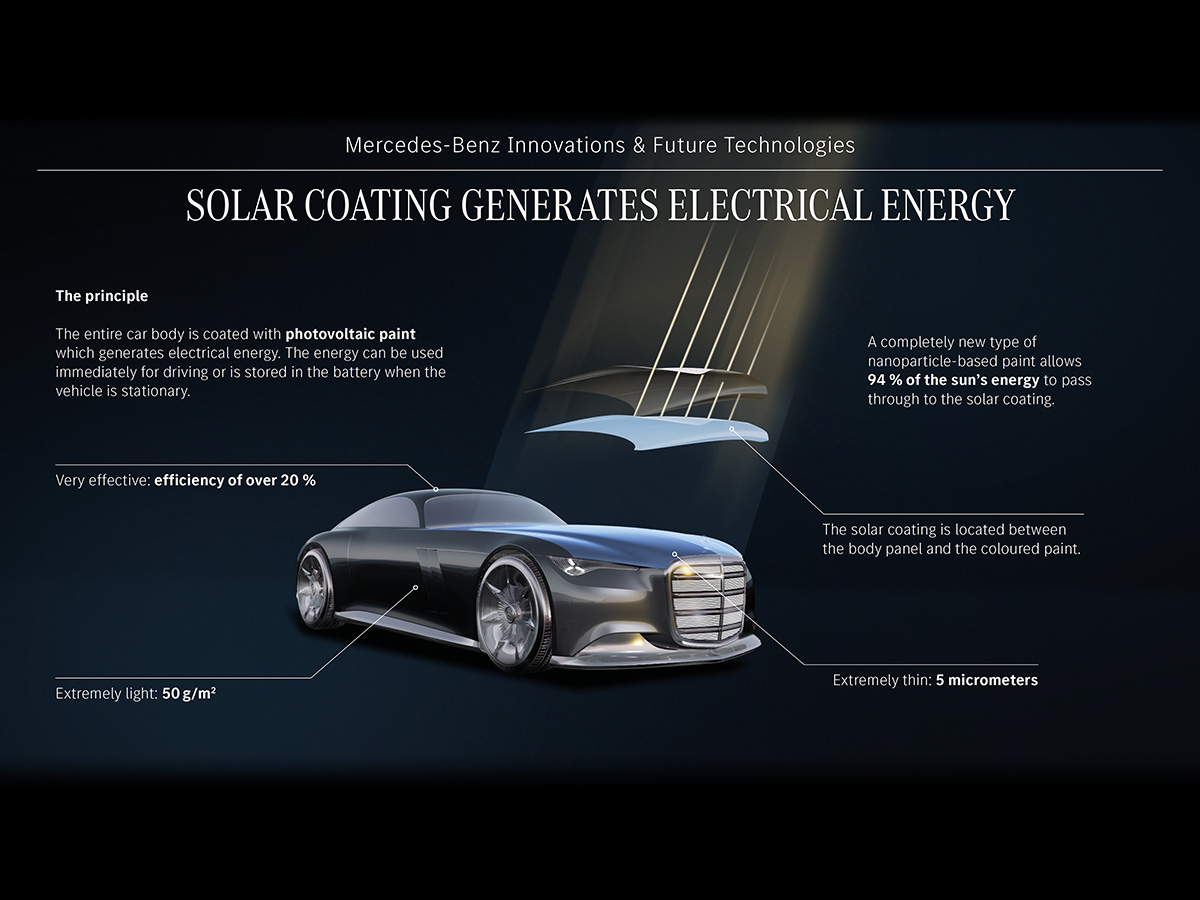
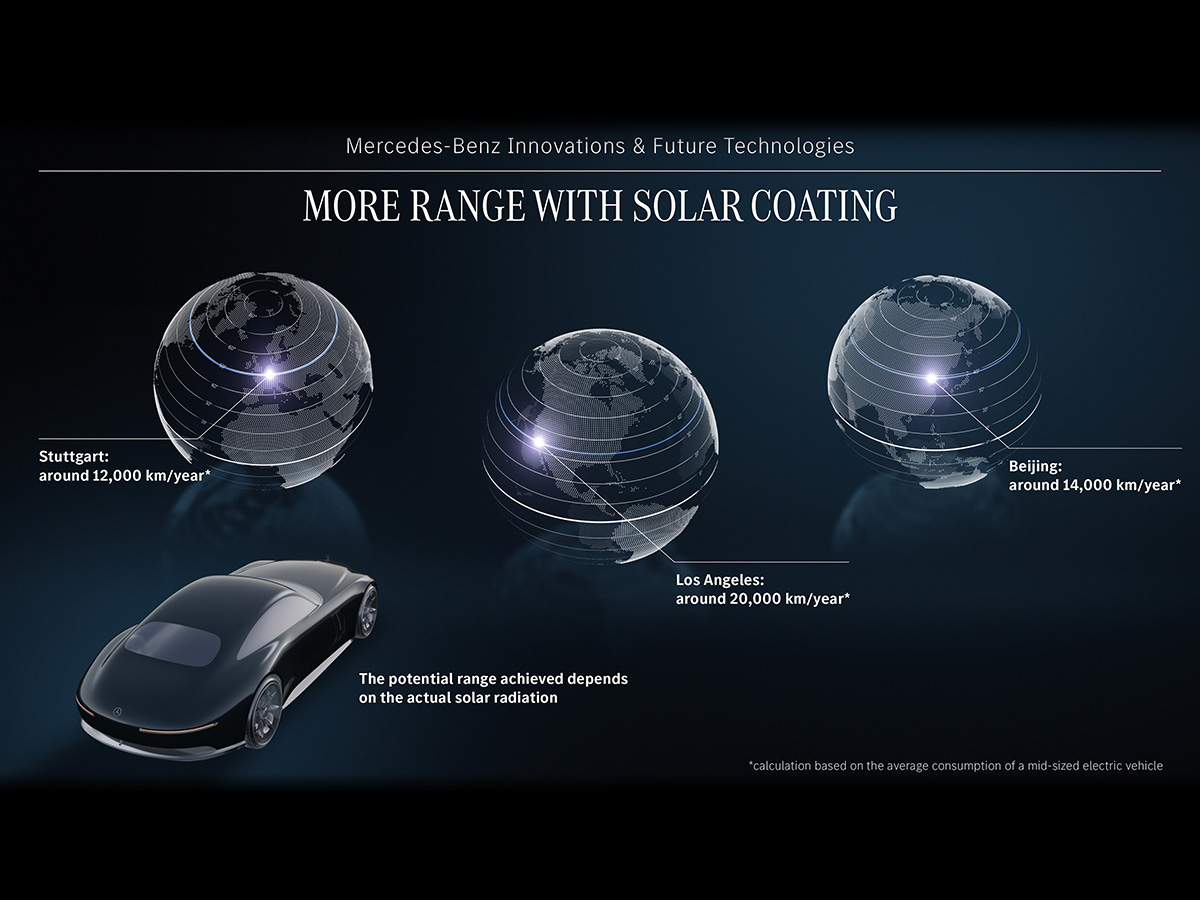
Neuromorphic Computing: Giving the Car a Brain
If the Vision Iconic’s exterior represents art, its intelligence represents evolution. Beneath its elegant skin lies research into neuromorphic computing — a new type of AI architecture inspired by the human brain.
Where traditional processors consume vast energy for complex tasks, neuromorphic chips are designed to think more organically. They learn patterns, react faster, and do it all with up to 90% less energy.
Imagine a car that doesn’t just process inputs but perceives its surroundings almost instinctively — reading road signs, pedestrians, and even weather conditions with the kind of intuition that feels… human.
This technology could redefine autonomous driving, making safety systems not just smarter, but alive in the way they react to the world around them.
Level 4 Autonomy: Luxury Redefined
Autonomy is no longer about bragging rights — it’s about time. The Vision Iconic embodies this shift perfectly. At its core is a Level 4 highly automated system, capable of handling highways and complex city traffic without human input.
Imagine slipping into the deep-blue velvet bench seat, tapping “Relax Mode,” and letting the car take over. The lights dim. The AI clock glows softly. You’re not driving — you’re unwinding.
It’s a taste of what Mercedes believes luxury should feel like in the electric age: quiet, intelligent, and deeply personal. The car becomes a lounge on wheels, an extension of your living space, complete with ambient lighting and immersive sound.
And when you reach your destination? Step out and let it park itself — no infrastructure needed, no stress required.
Steer-by-Wire: A New Kind of Control
One of the most forward-thinking touches is steer-by-wire. There’s no physical connection between the steering wheel and the front wheels anymore. Inputs are transmitted electronically, creating a level of precision and smoothness that’s hard to describe until you feel it.
Combined with rear-axle steering, it makes this long, graceful machine surprisingly agile. Parking and tight maneuvers suddenly feel effortless. More importantly, it frees designers to reimagine interiors entirely — giving future Mercedes models more creative flexibility than ever before.
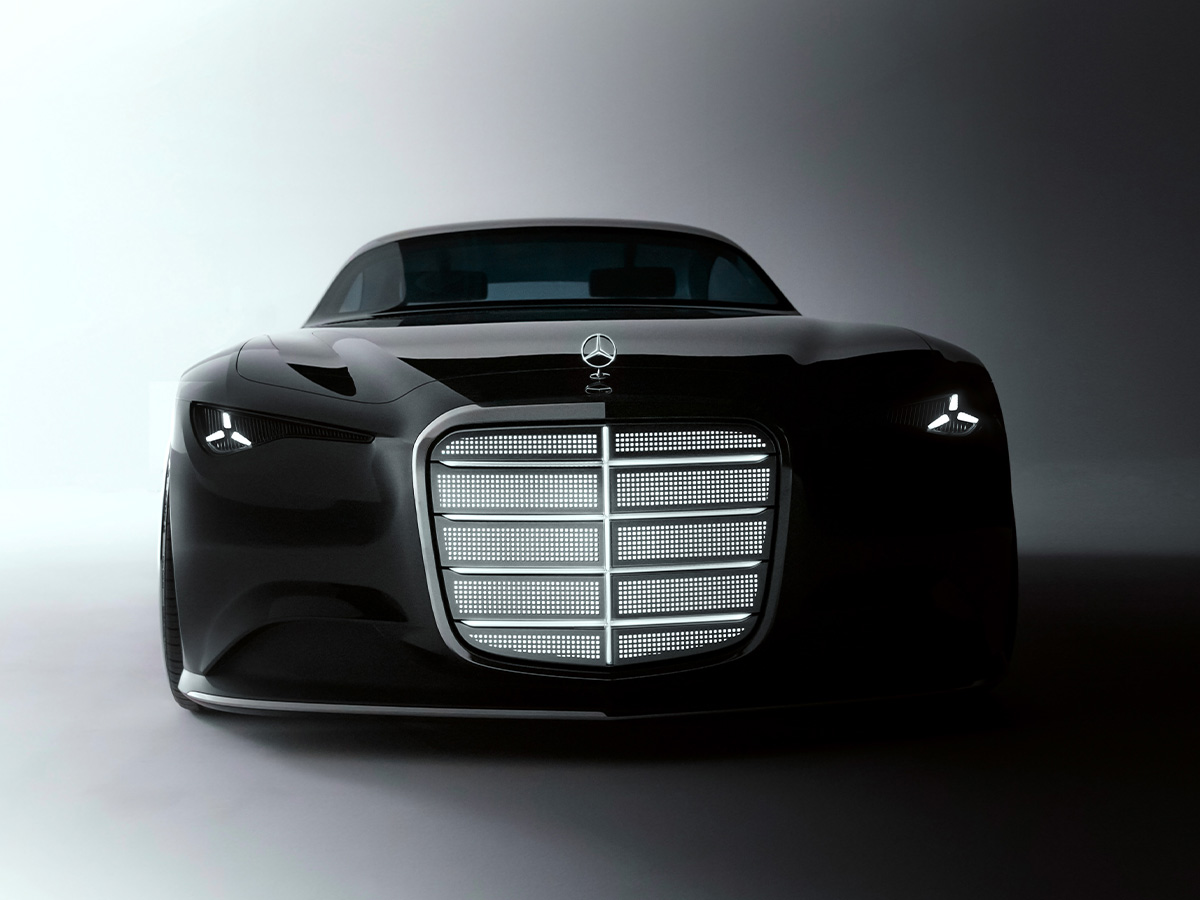
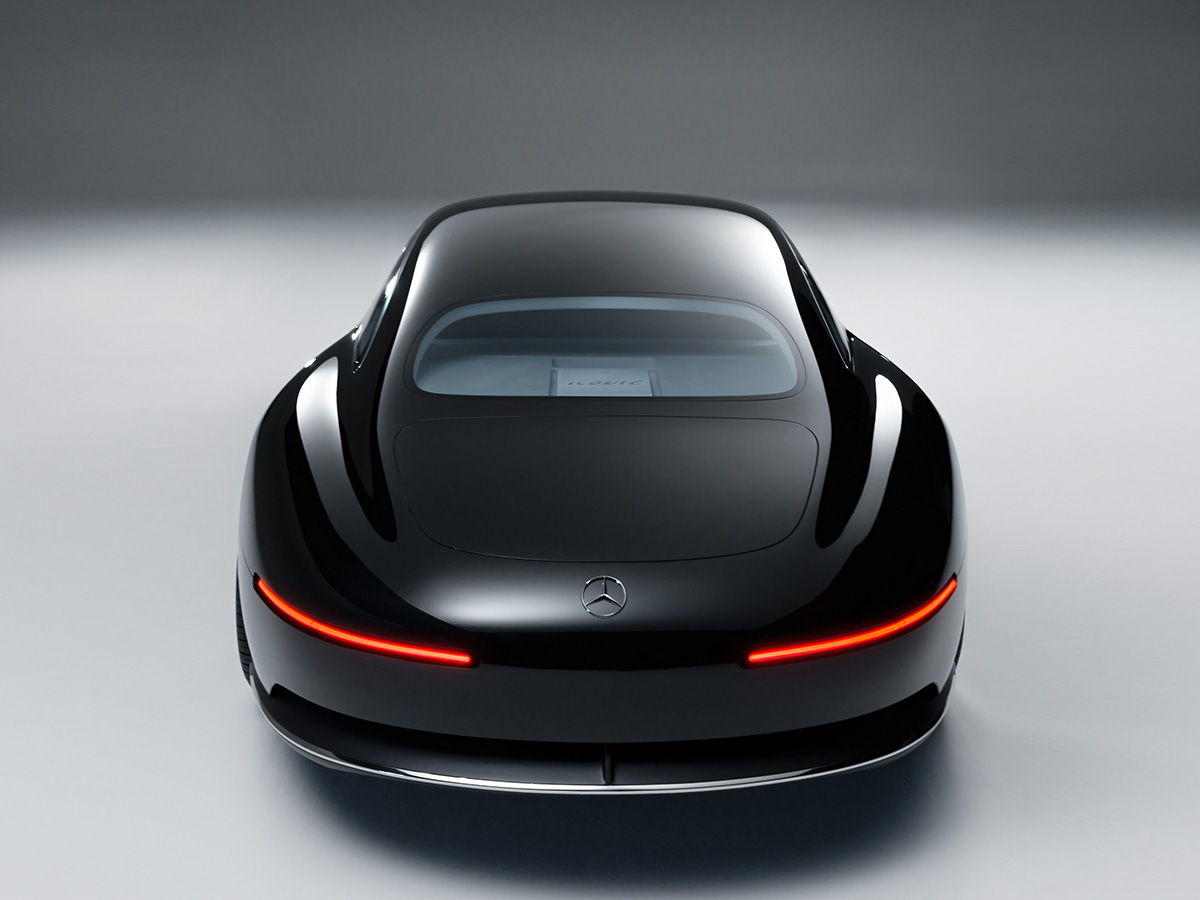
Where Fashion Meets the Future
Mercedes didn’t stop at the car. To celebrate its debut at the Shanghai Fashion Week, the brand unveiled a capsule collection — six pieces inspired by the Vision Iconic’s design language.
Rich blues, silver-gold accents, flowing geometry — it’s Art Deco reborn in couture form. Each garment echoes the same philosophy that shapes the car: craftsmanship, emotion, and timeless style.
It’s an audacious move, but one that fits perfectly. After all, Mercedes-Benz has always lived at the intersection of culture and engineering. The Vision Iconic simply makes that connection literal.
The New Iconic Era
Behind the showmanship, there’s a clear mission: Mercedes-Benz is entering a new chapter — one where iconic design isn’t about nostalgia, but evolution.
It’s about reclaiming individuality in a sea of sameness. About proving that electric doesn’t have to mean sterile. About merging emotion with intelligence in a way only Mercedes seems capable of pulling off.
Gorden Wagener, Chief Design Officer at Mercedes-Benz, said it best: “Our Vision Iconic is more than just an automobile – it’s a sculpture in motion, a homage to timeless elegance, and a statement for the future.”
And that’s exactly what it feels like — a dream with four wheels, powered by light, guided by a brain, and dressed in history.
Because for Mercedes-Benz, luxury isn’t just about comfort or performance. It’s about soul. And the Vision Iconic? That’s soul, electrified.
